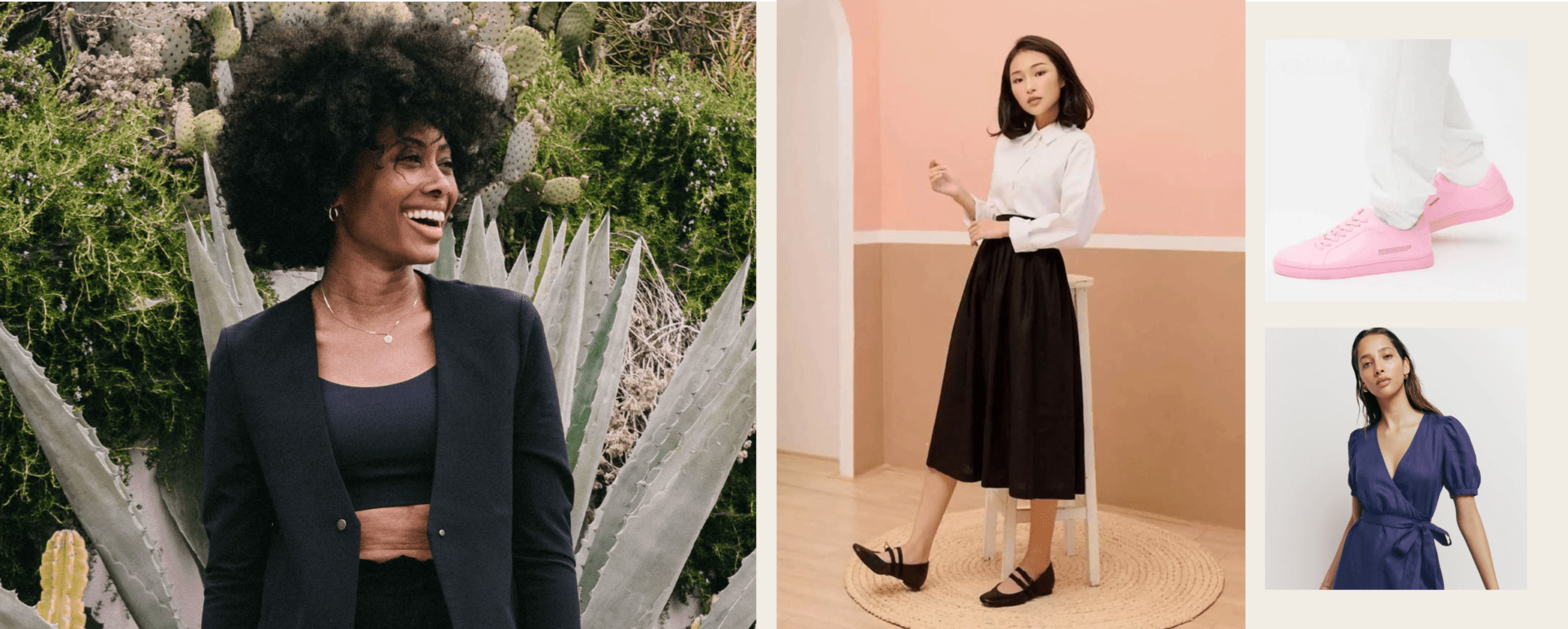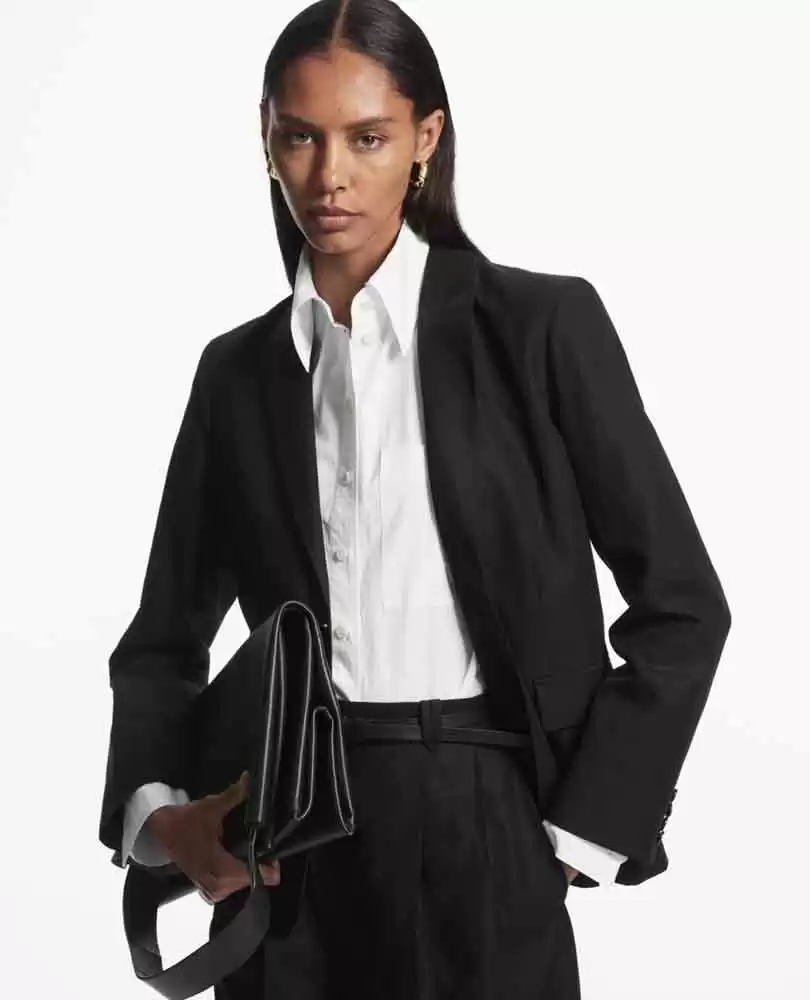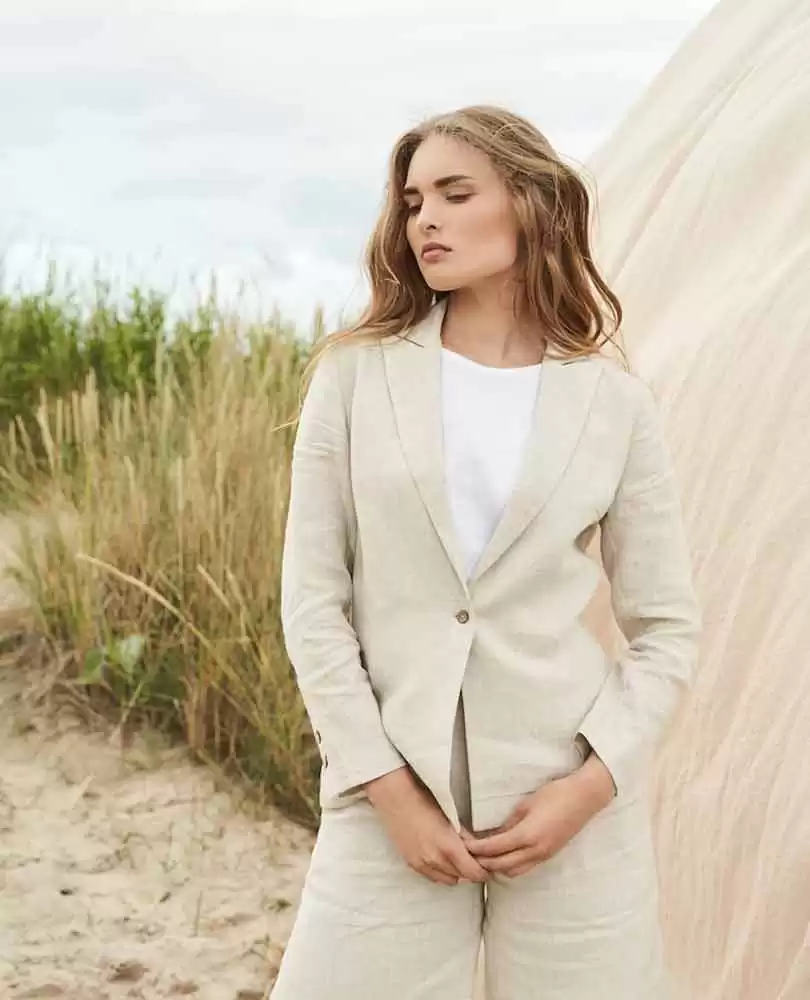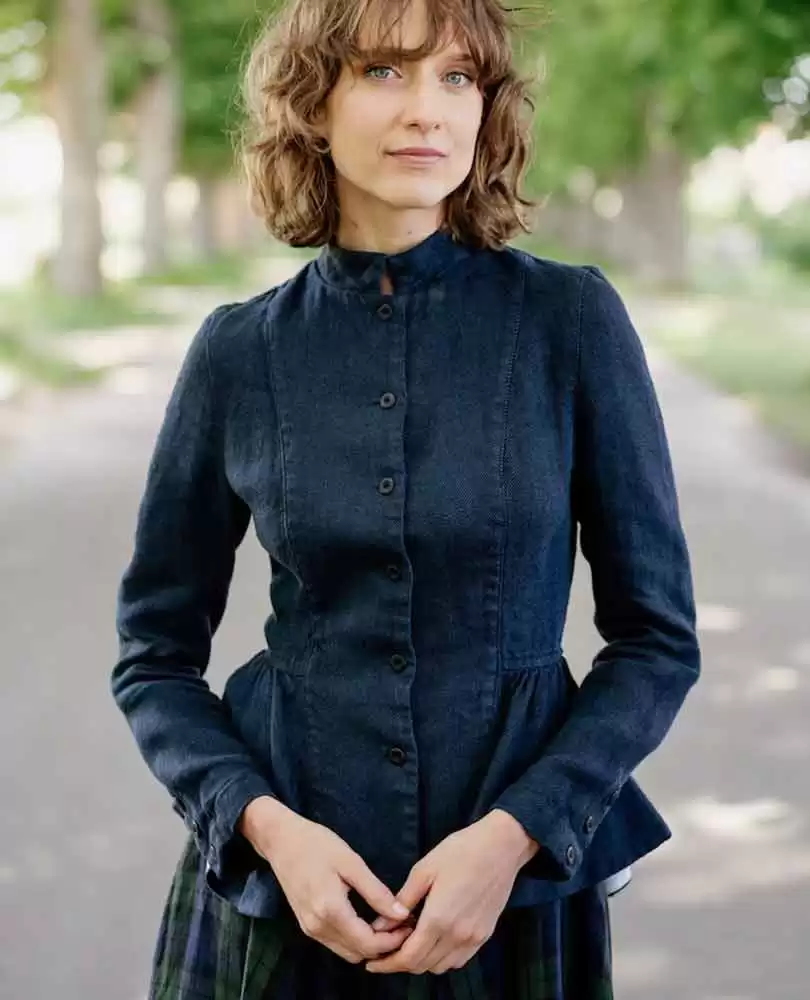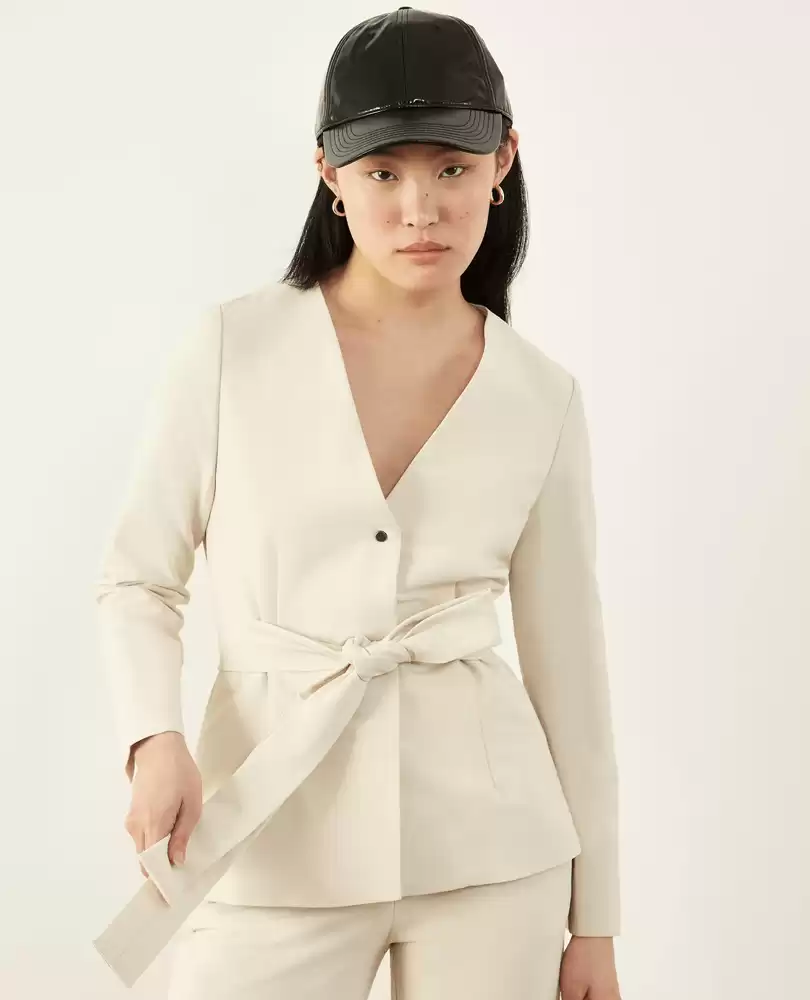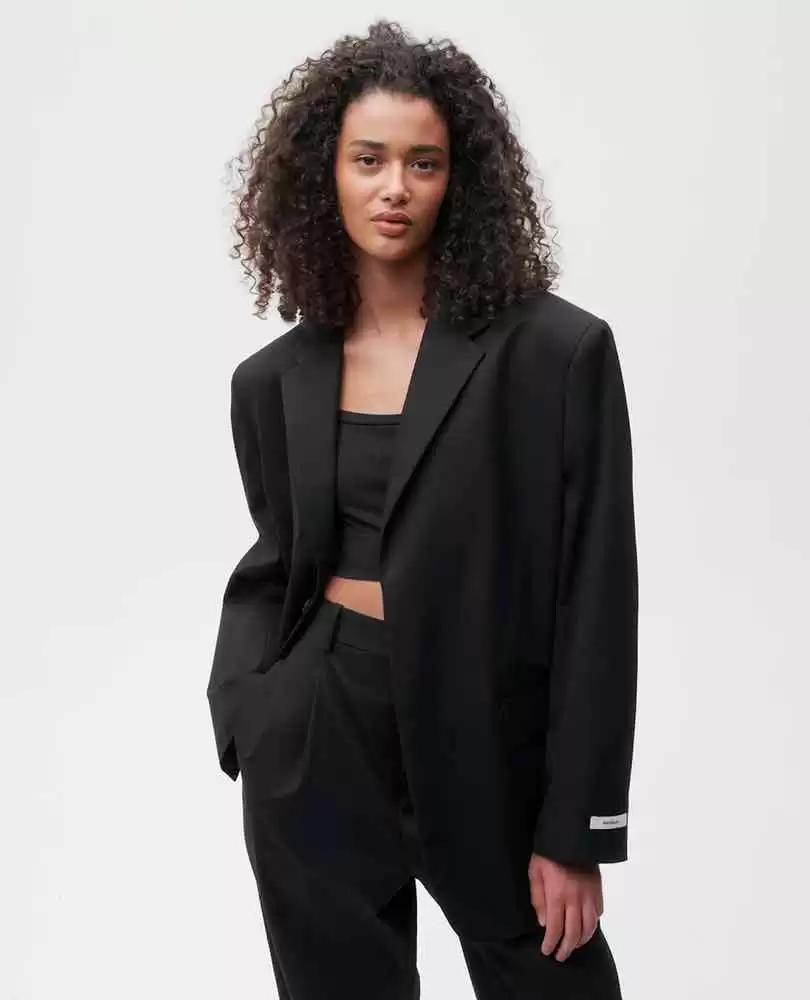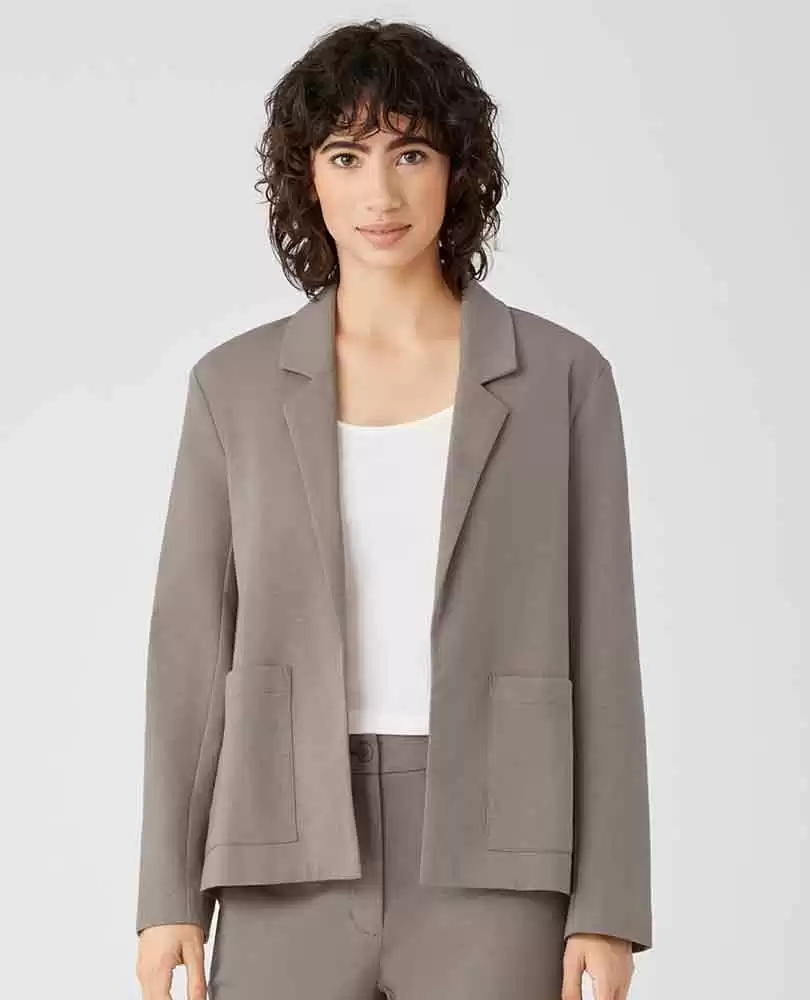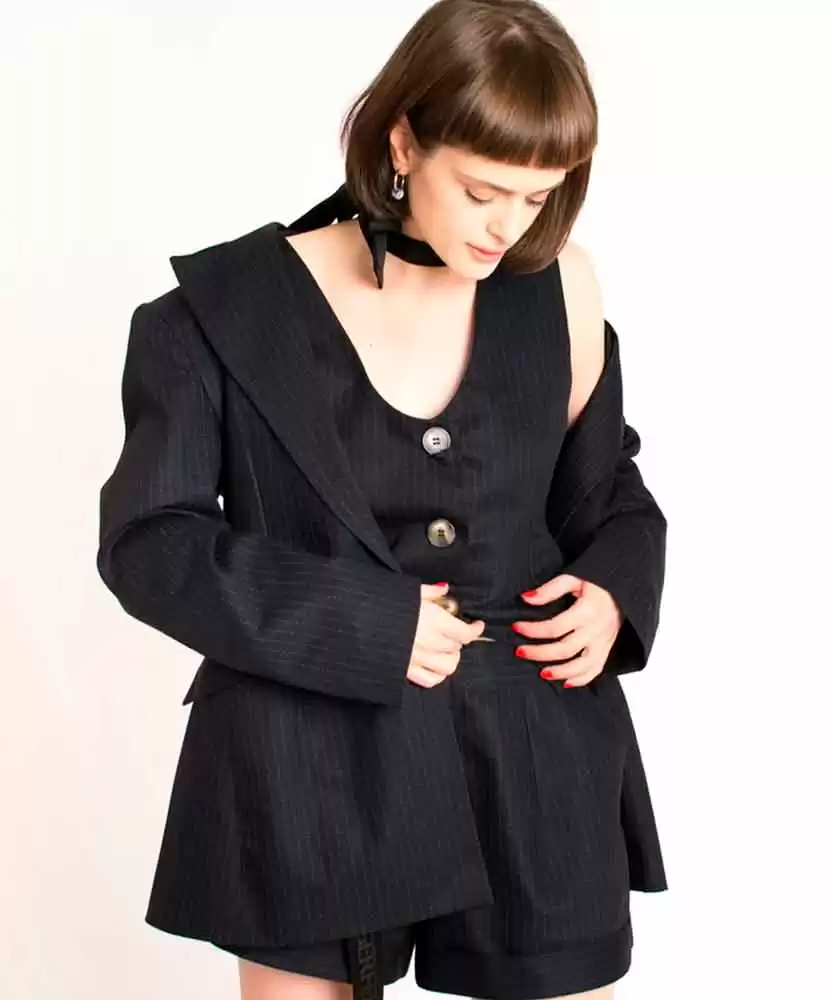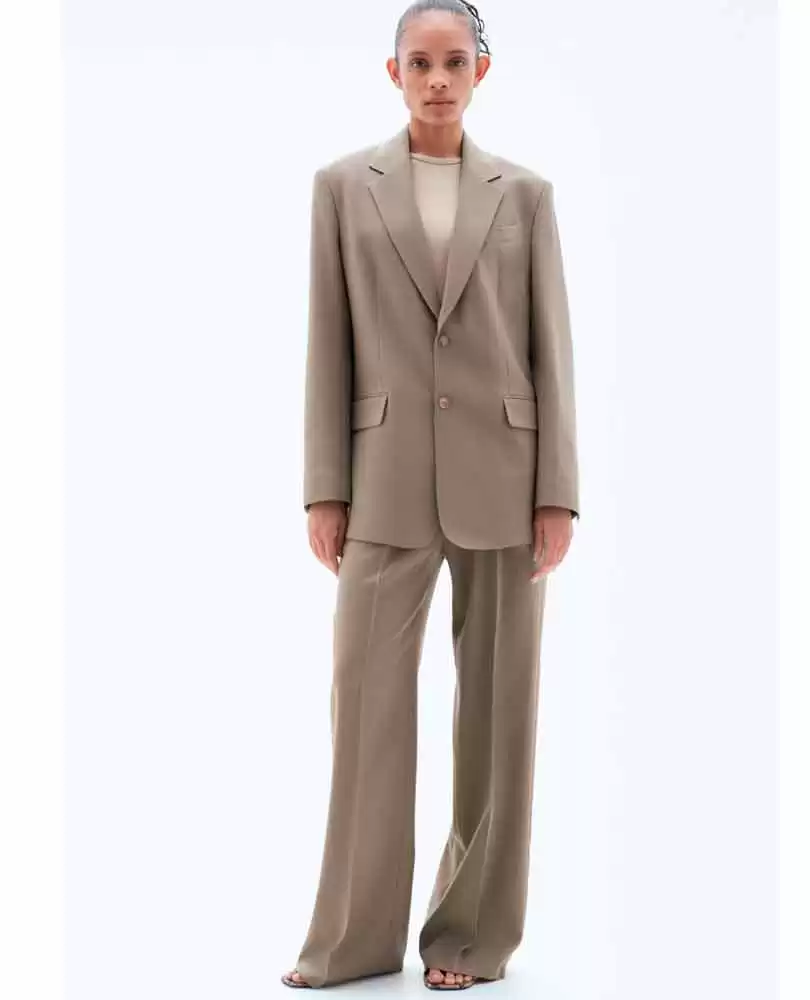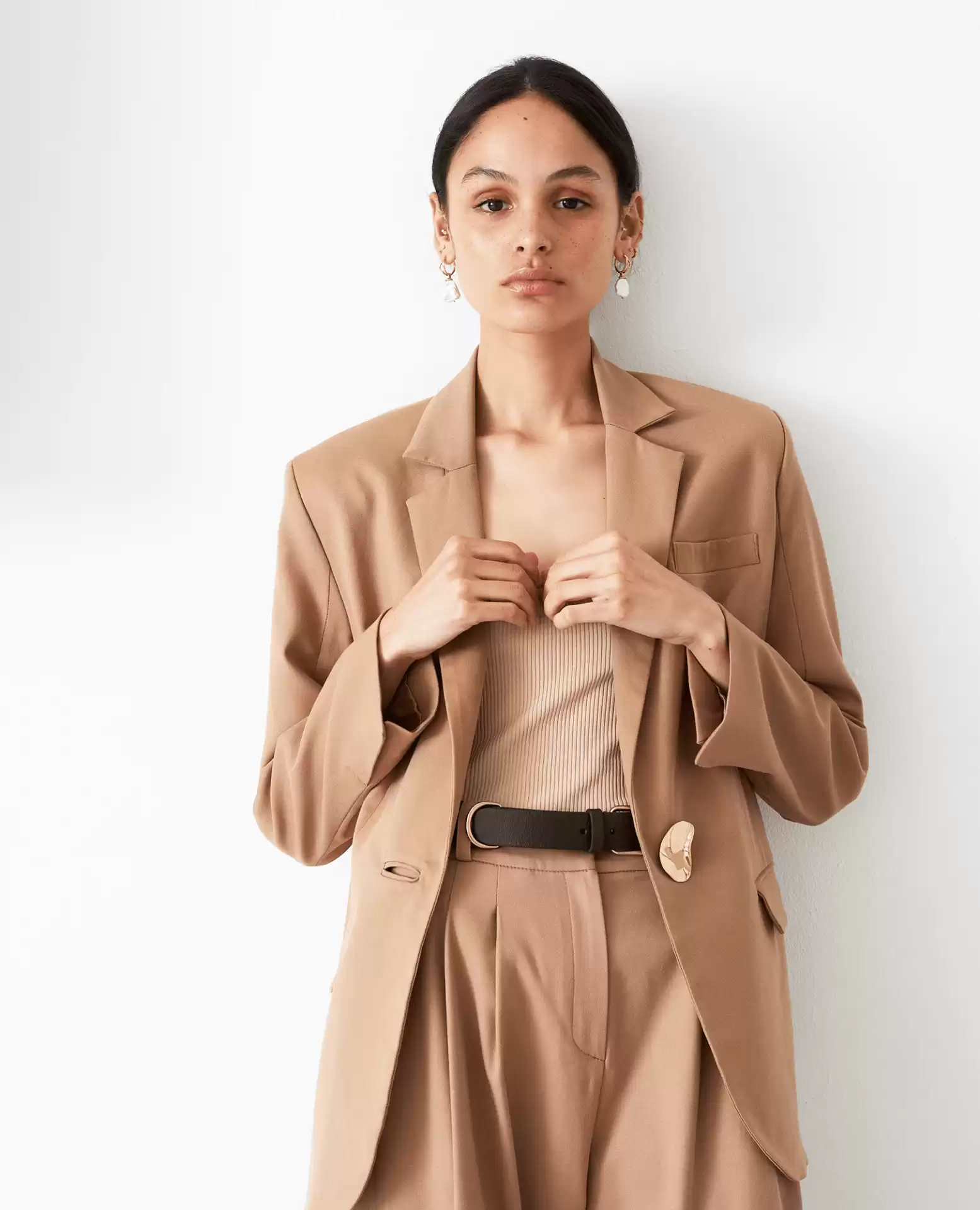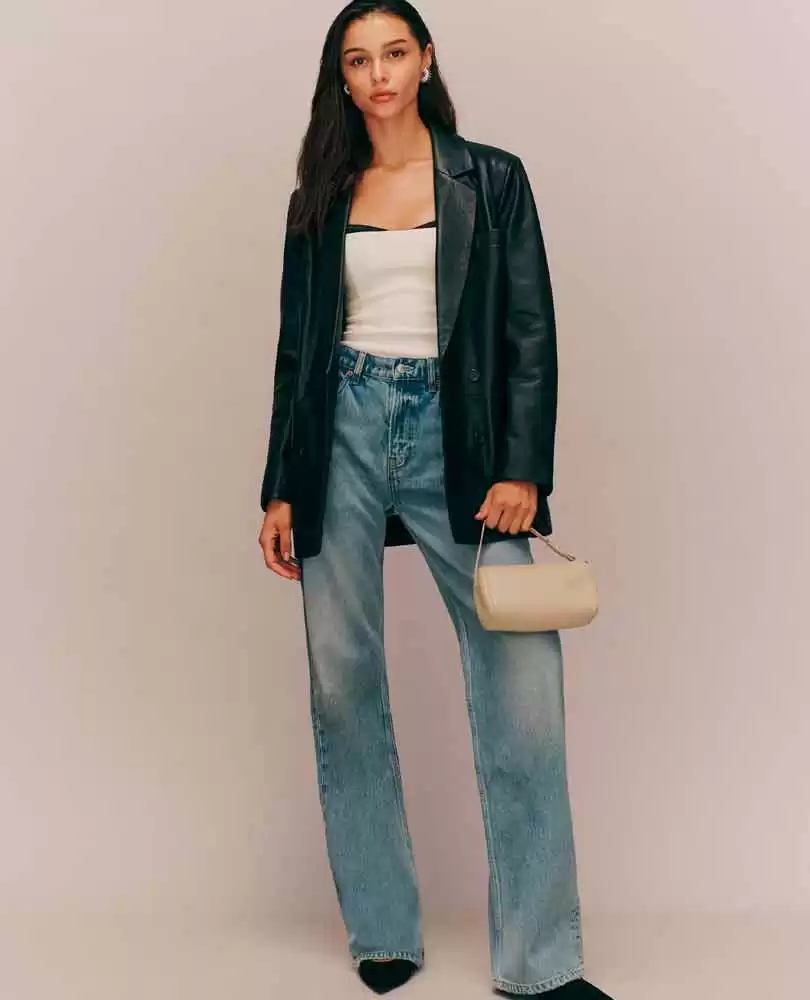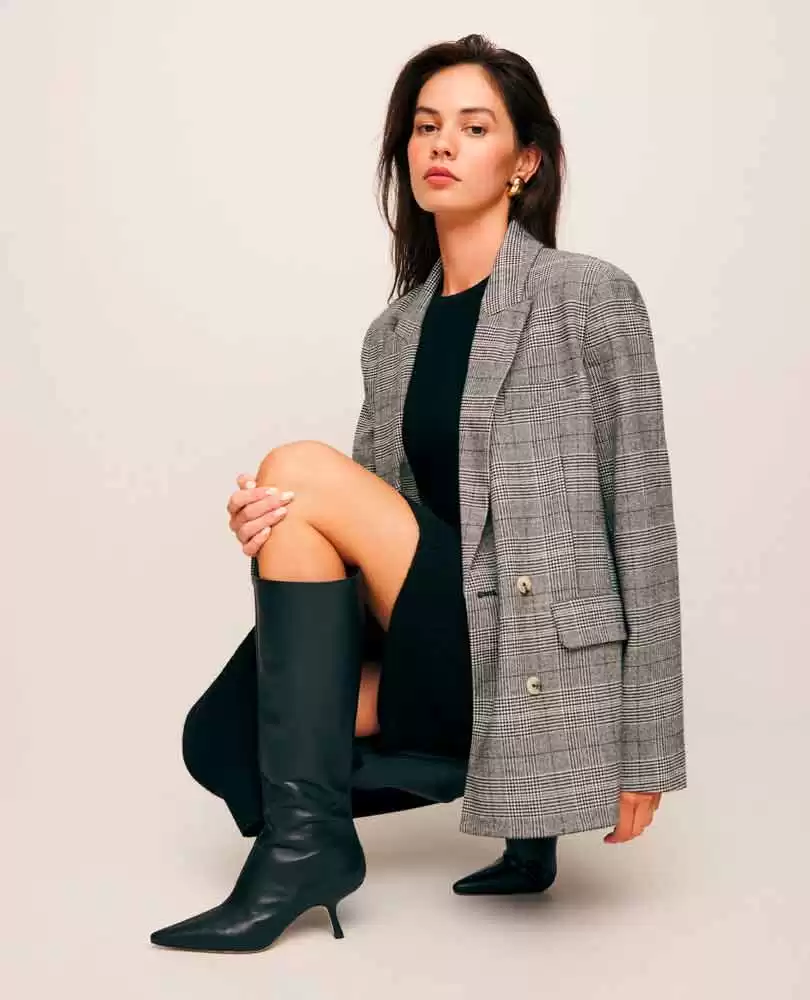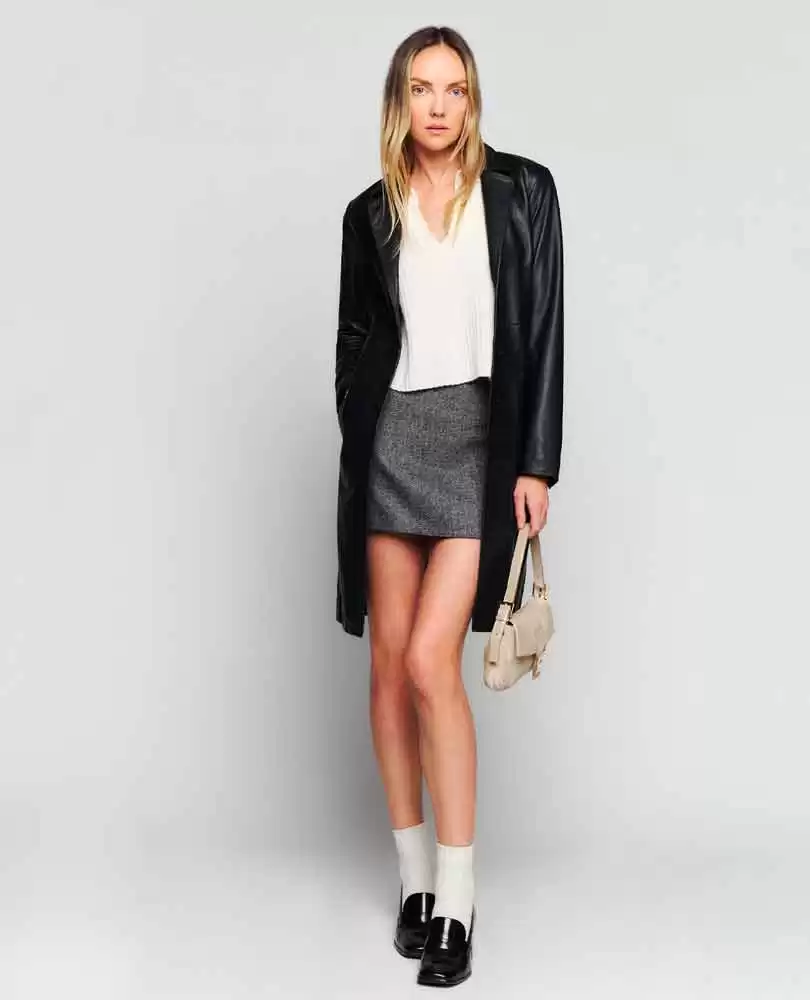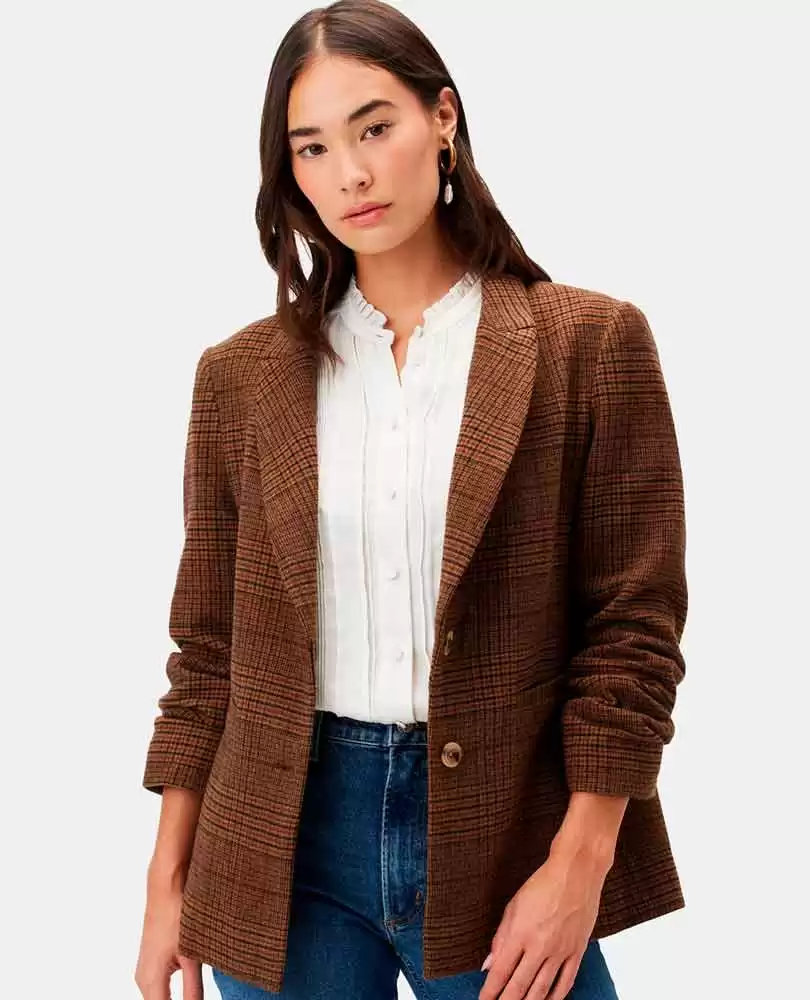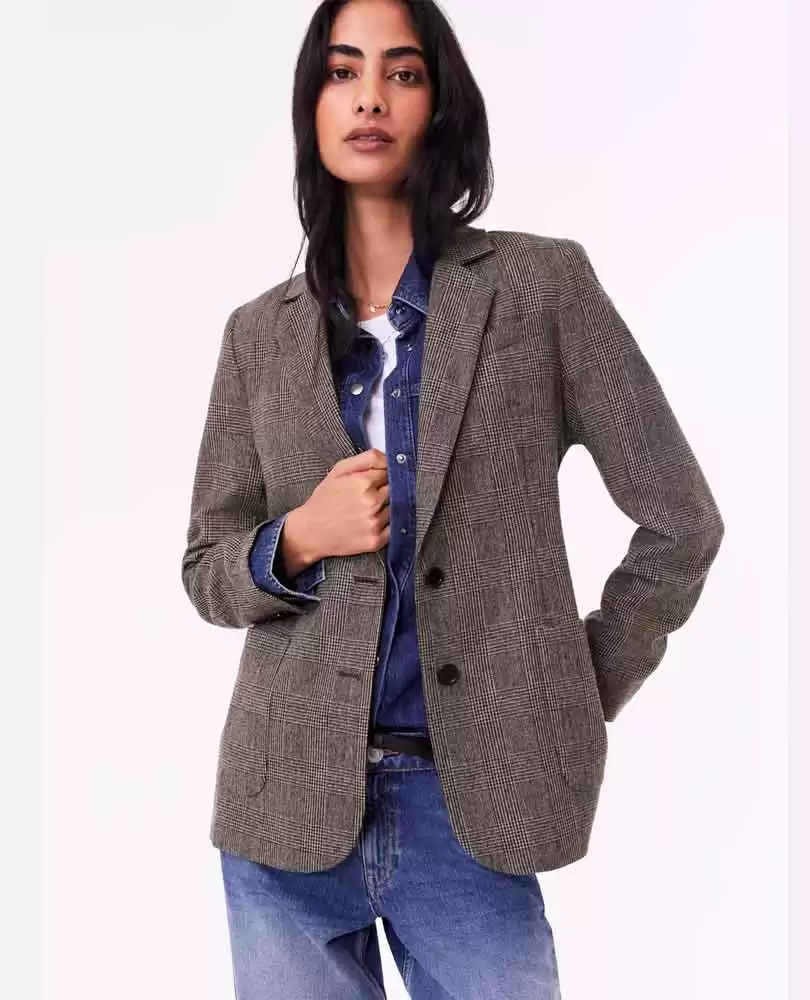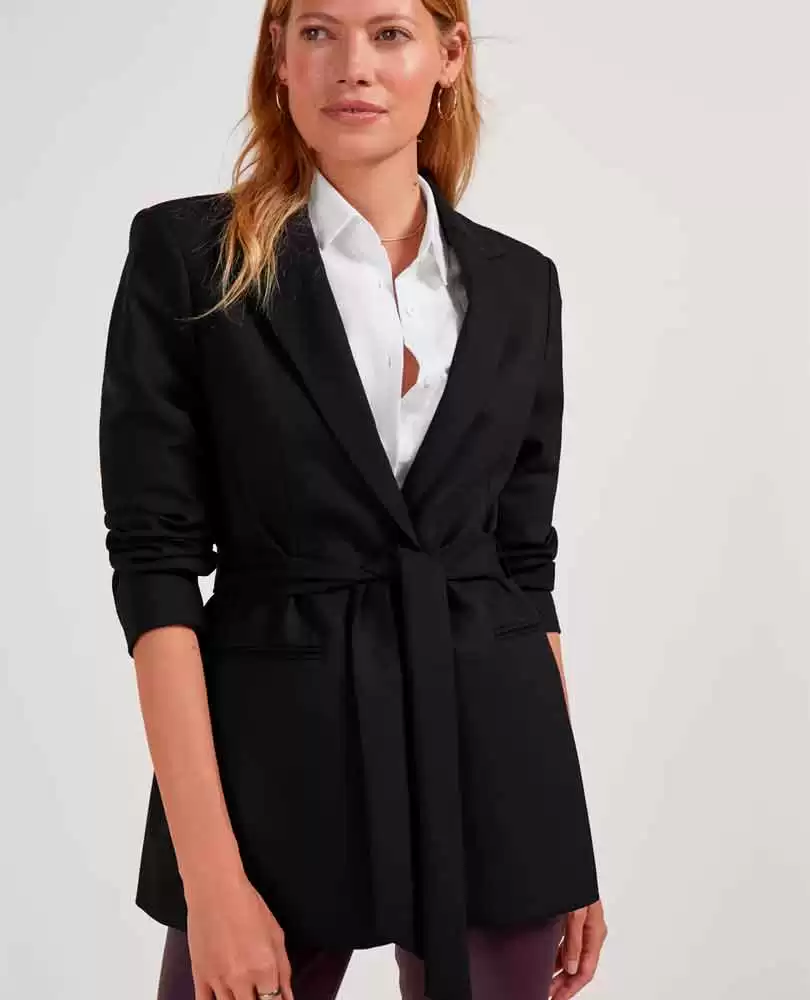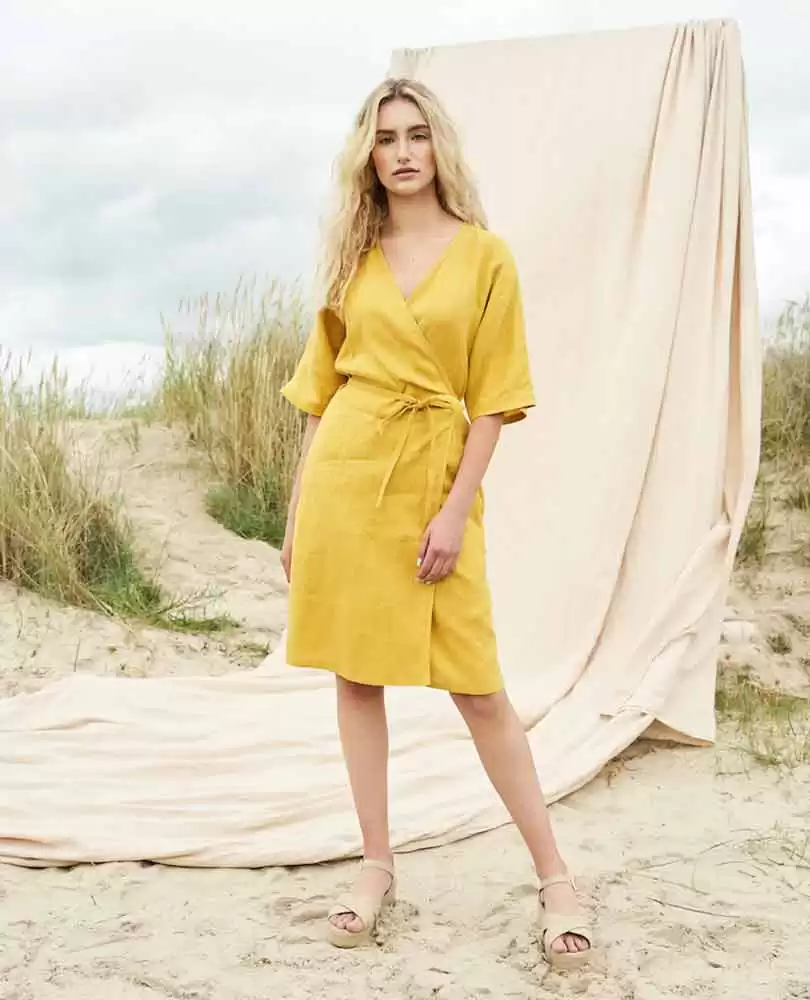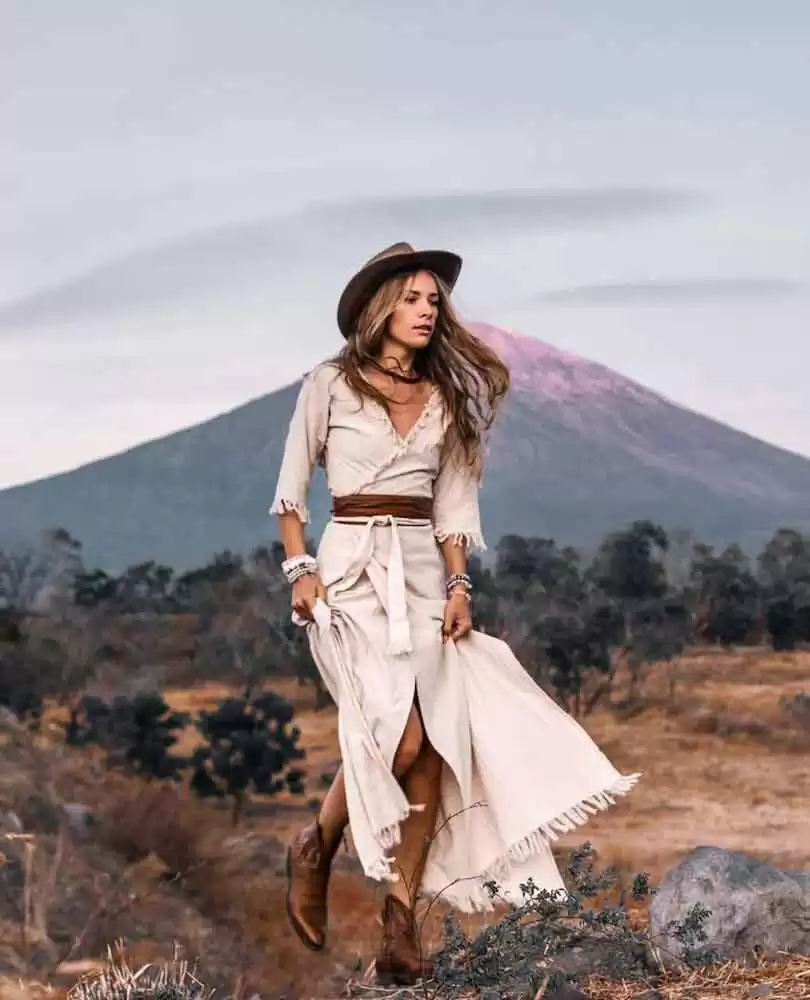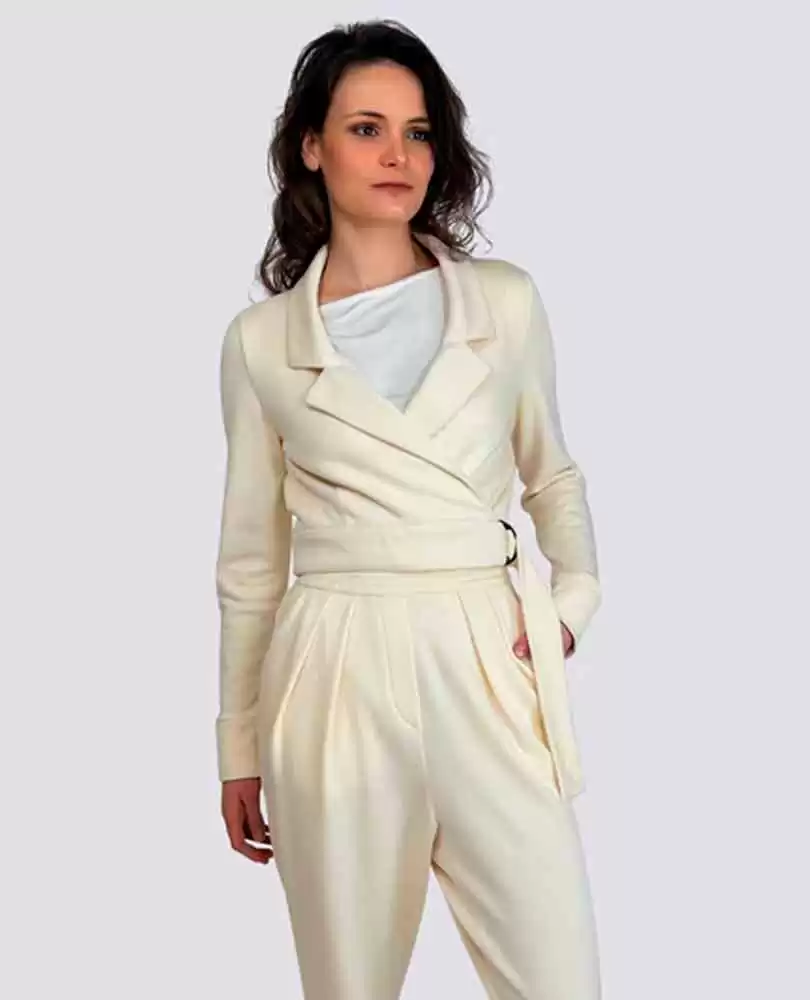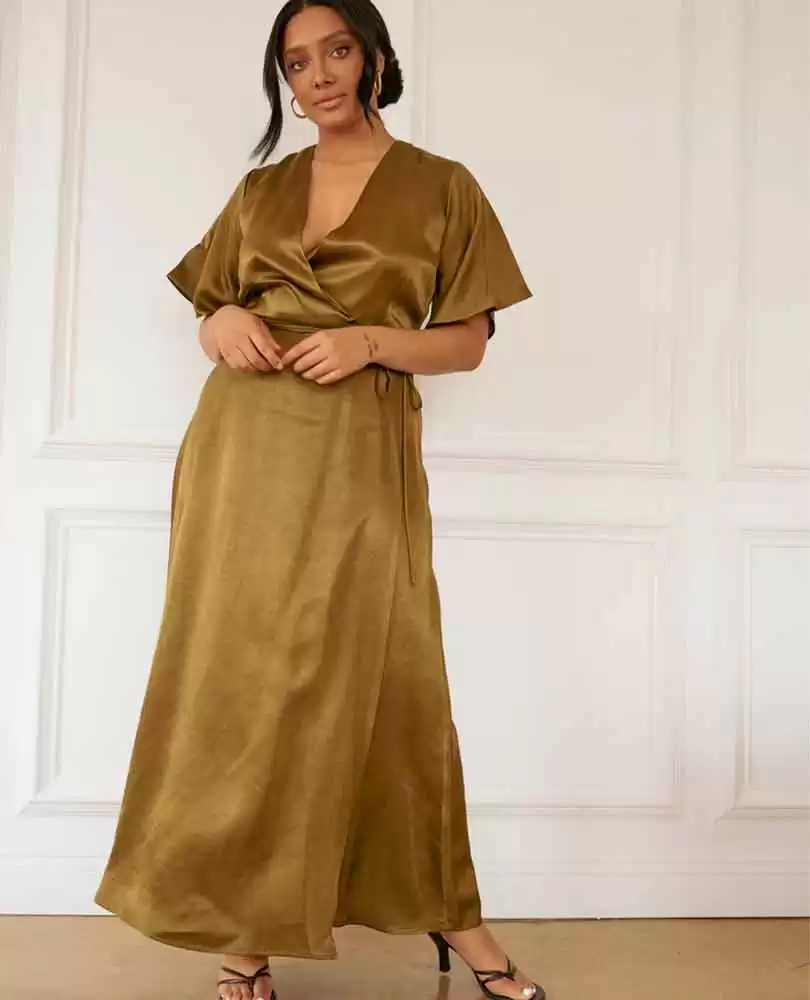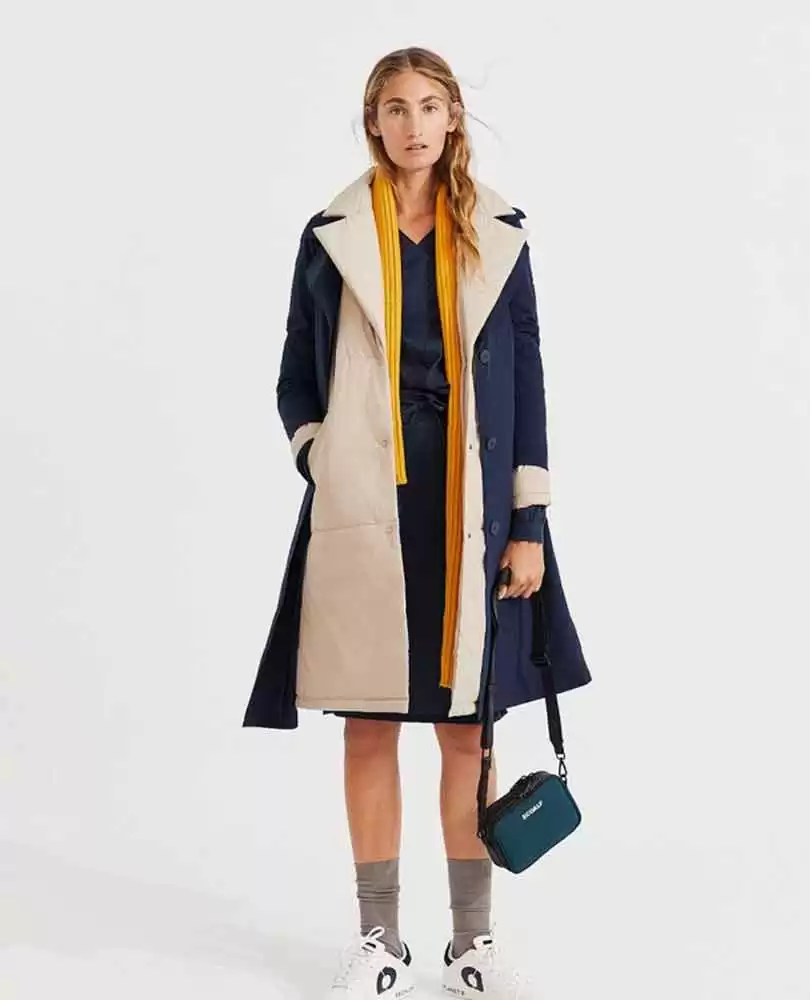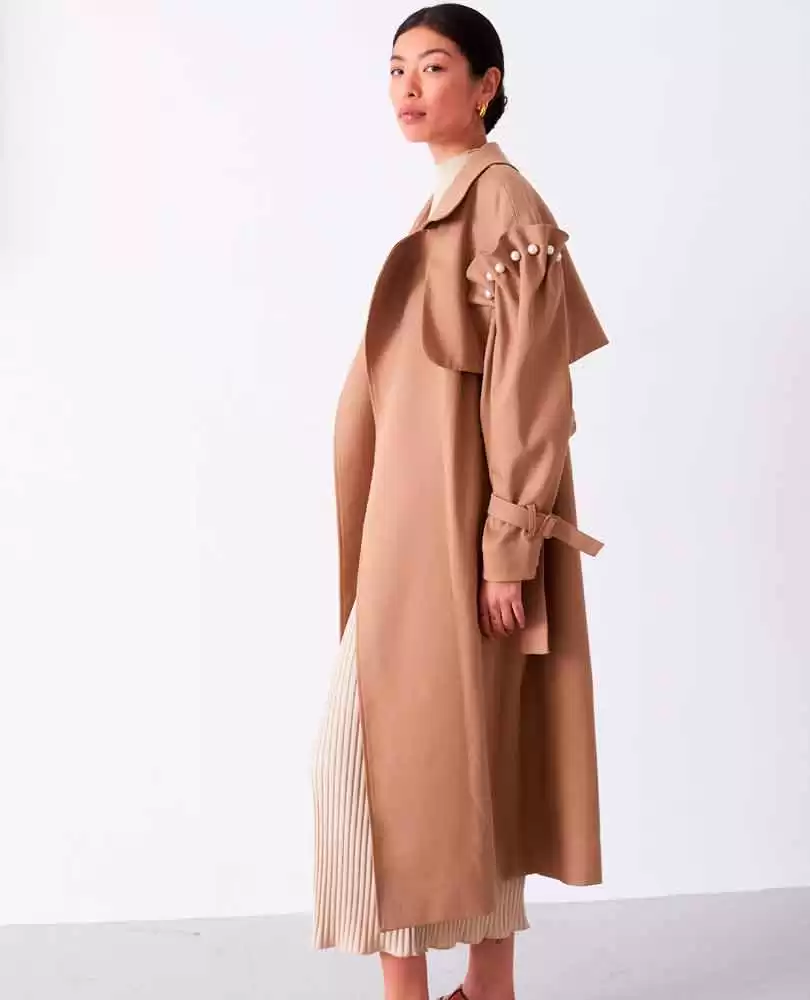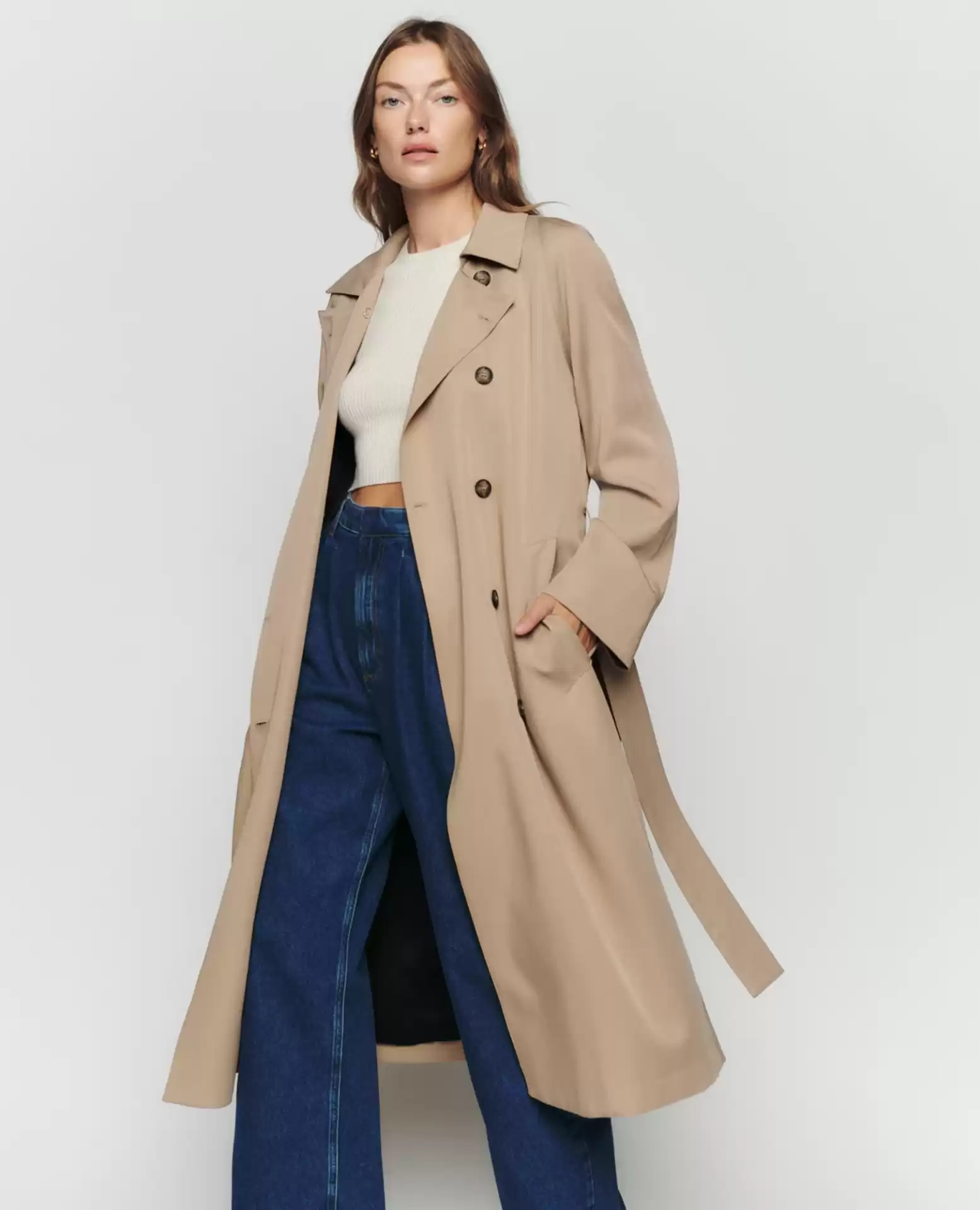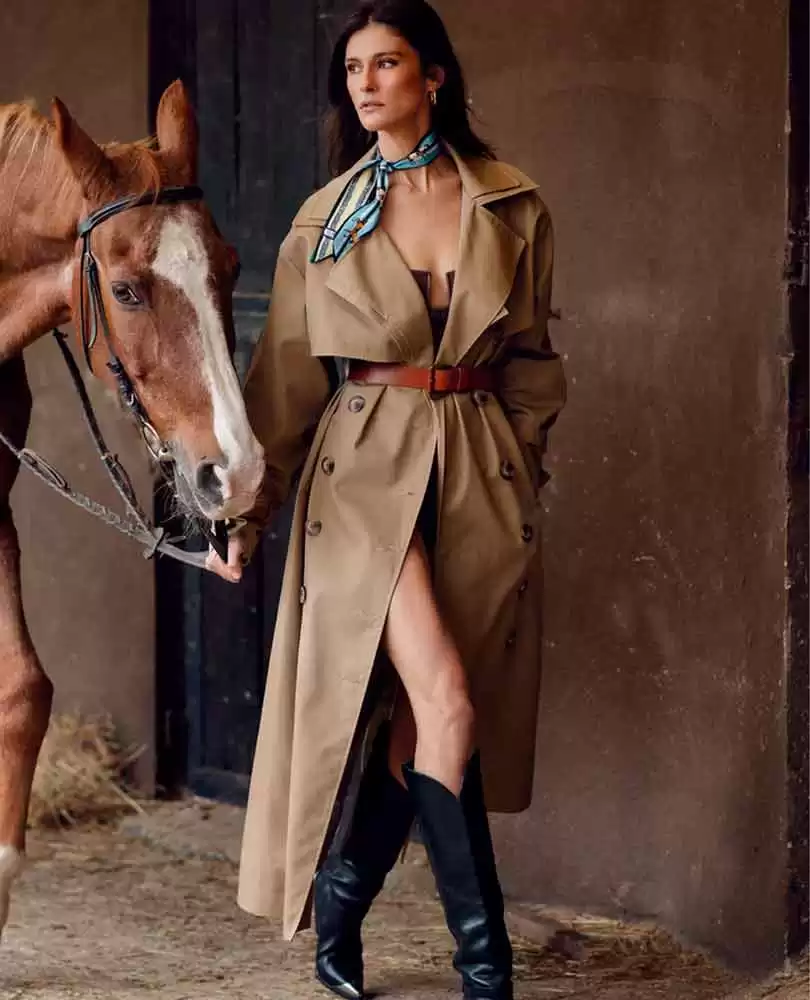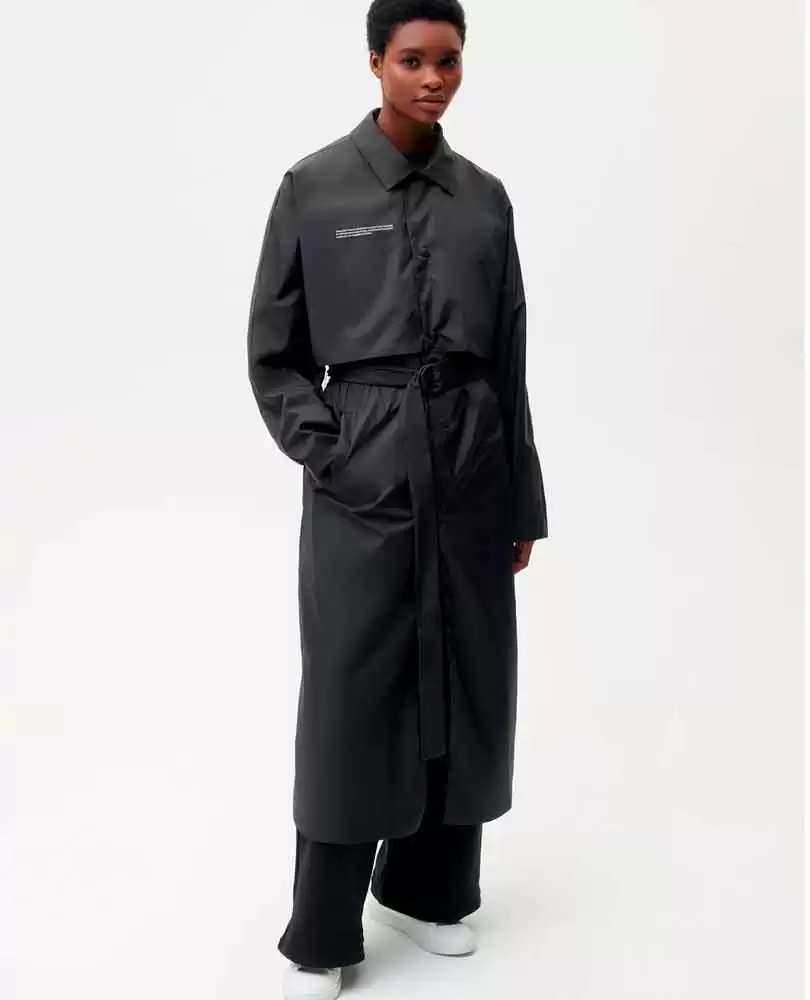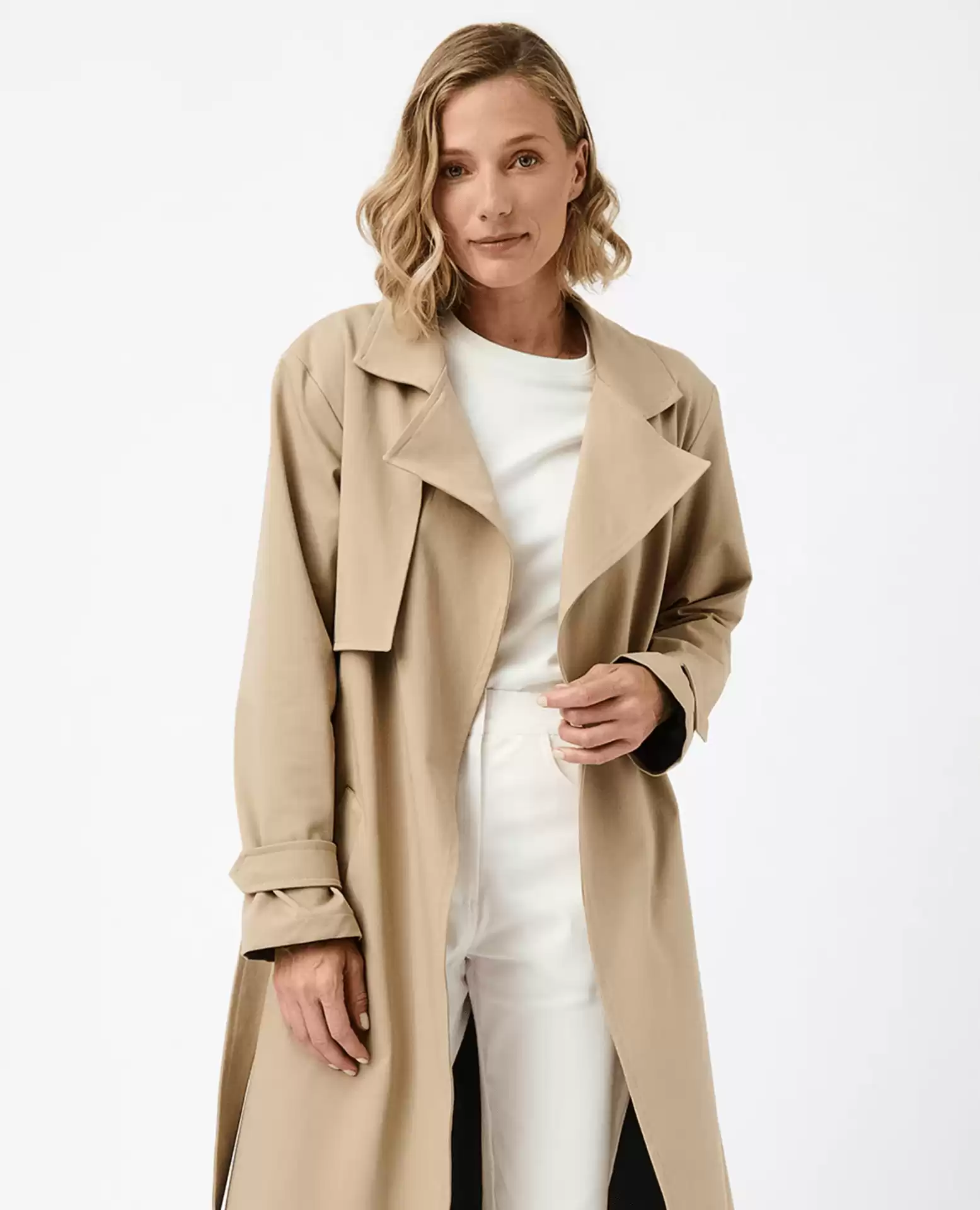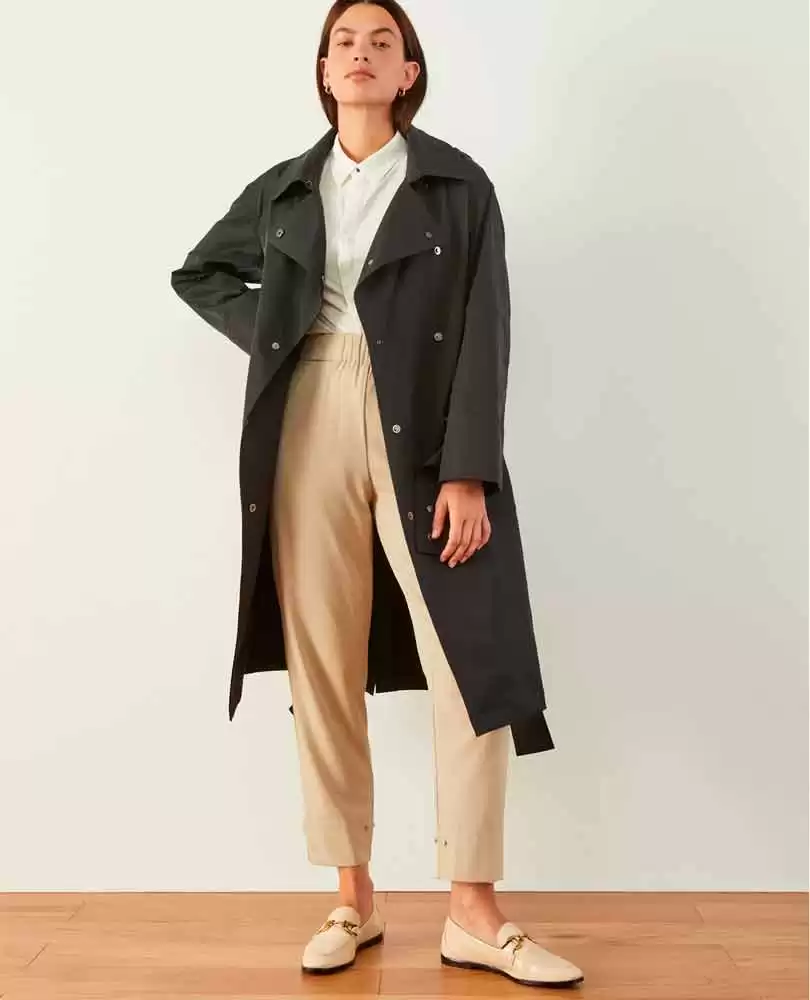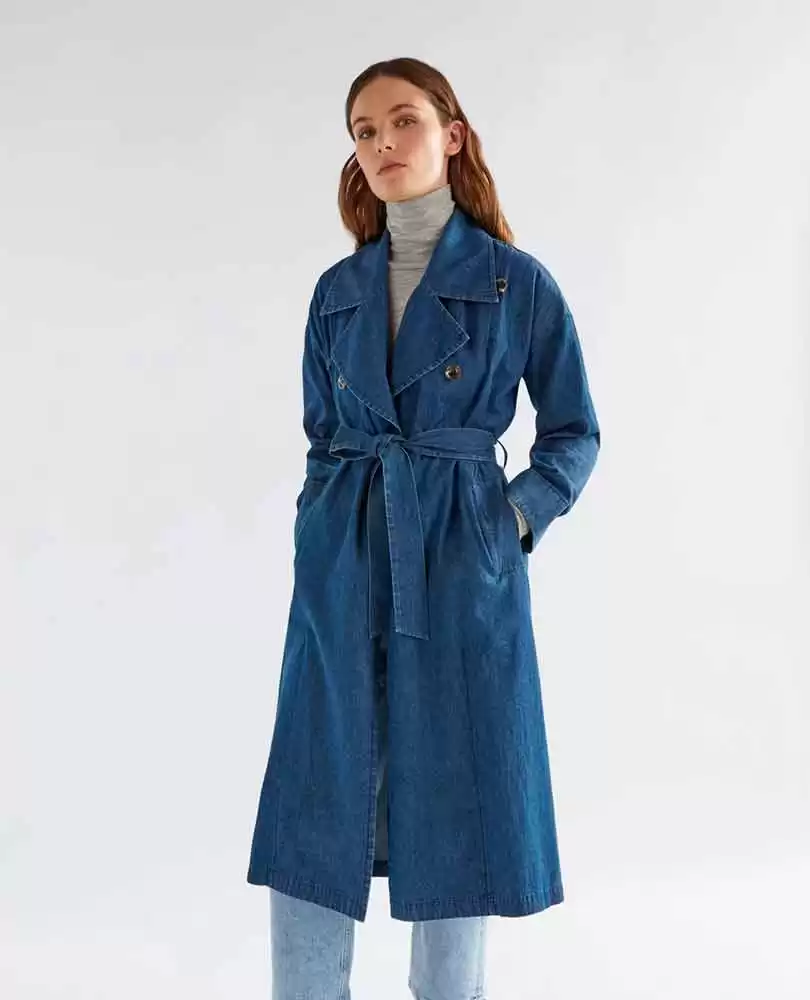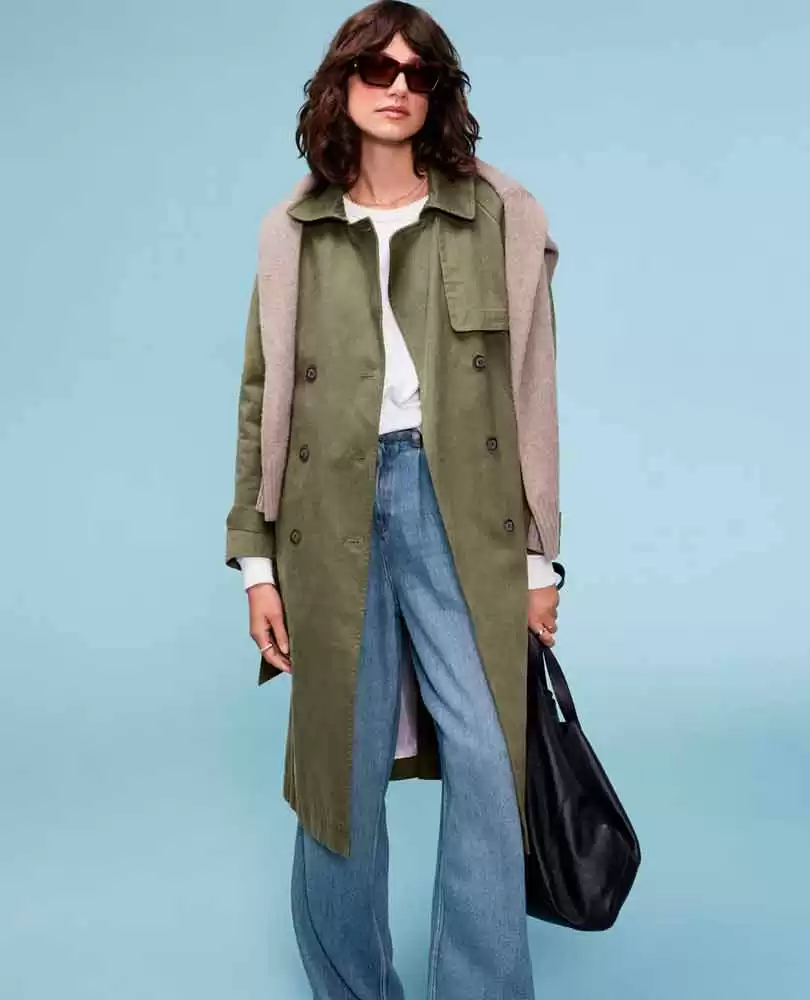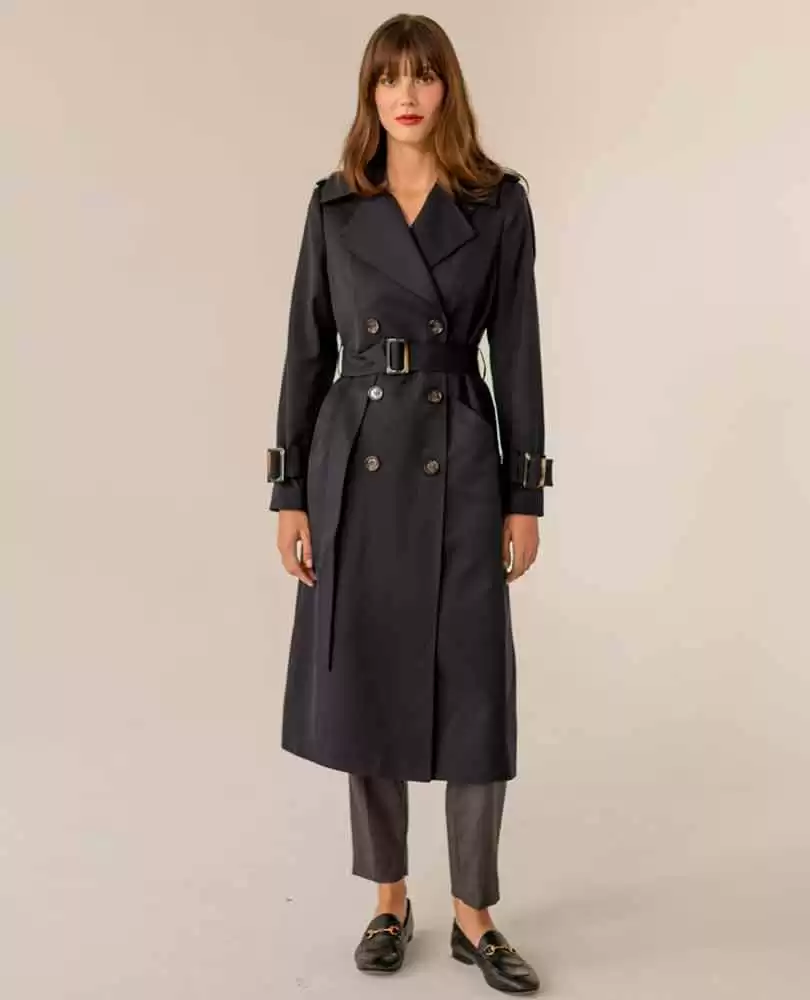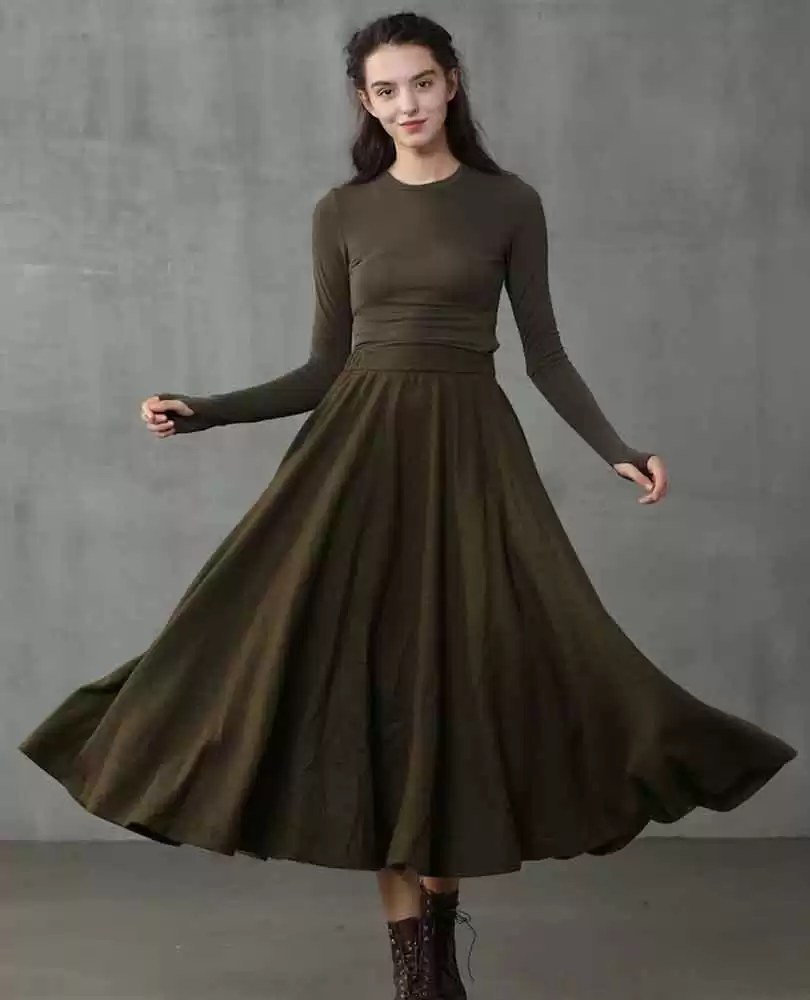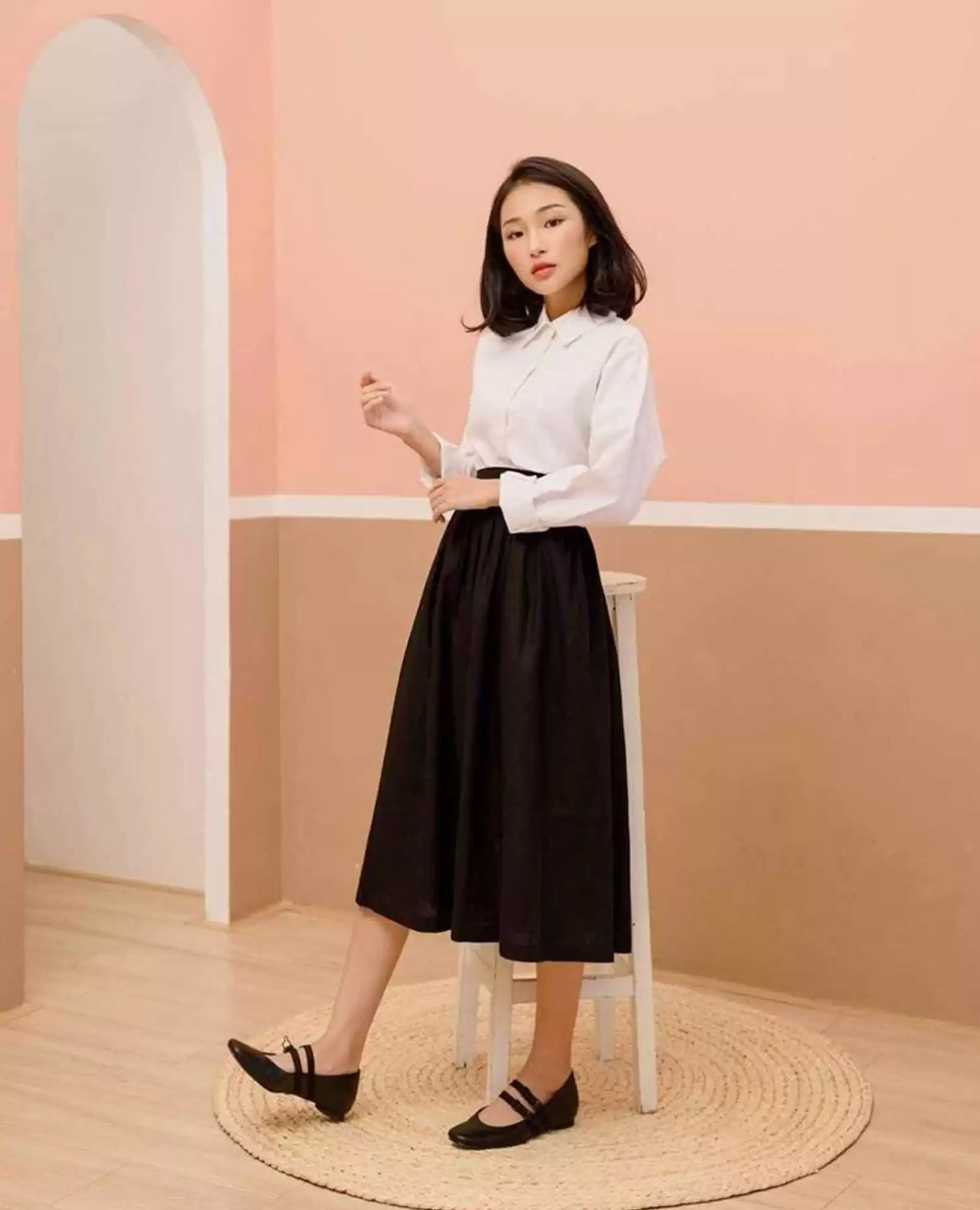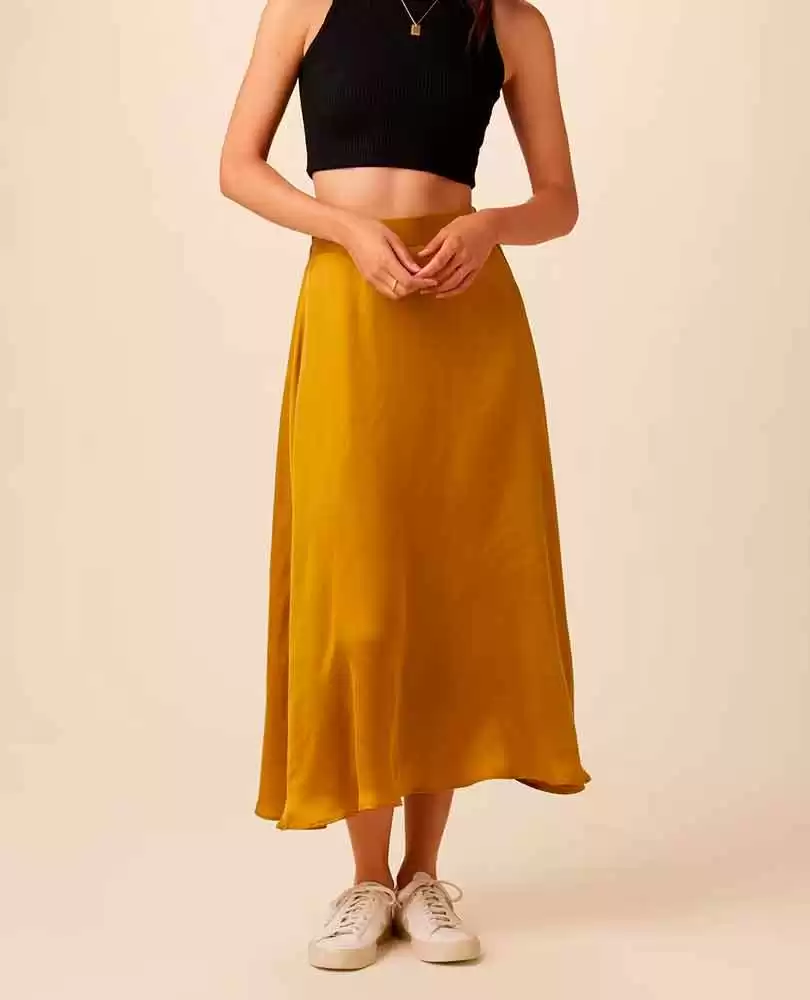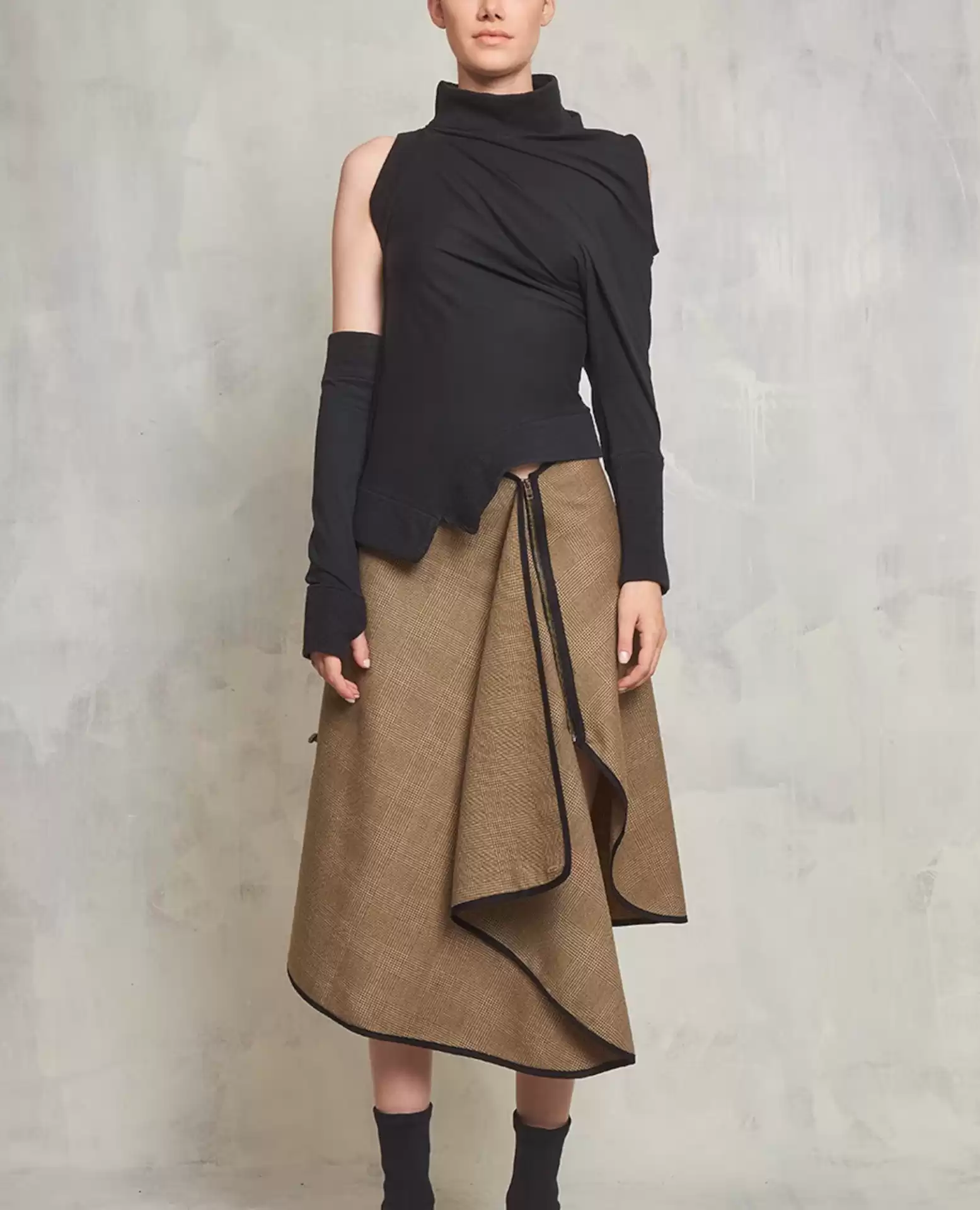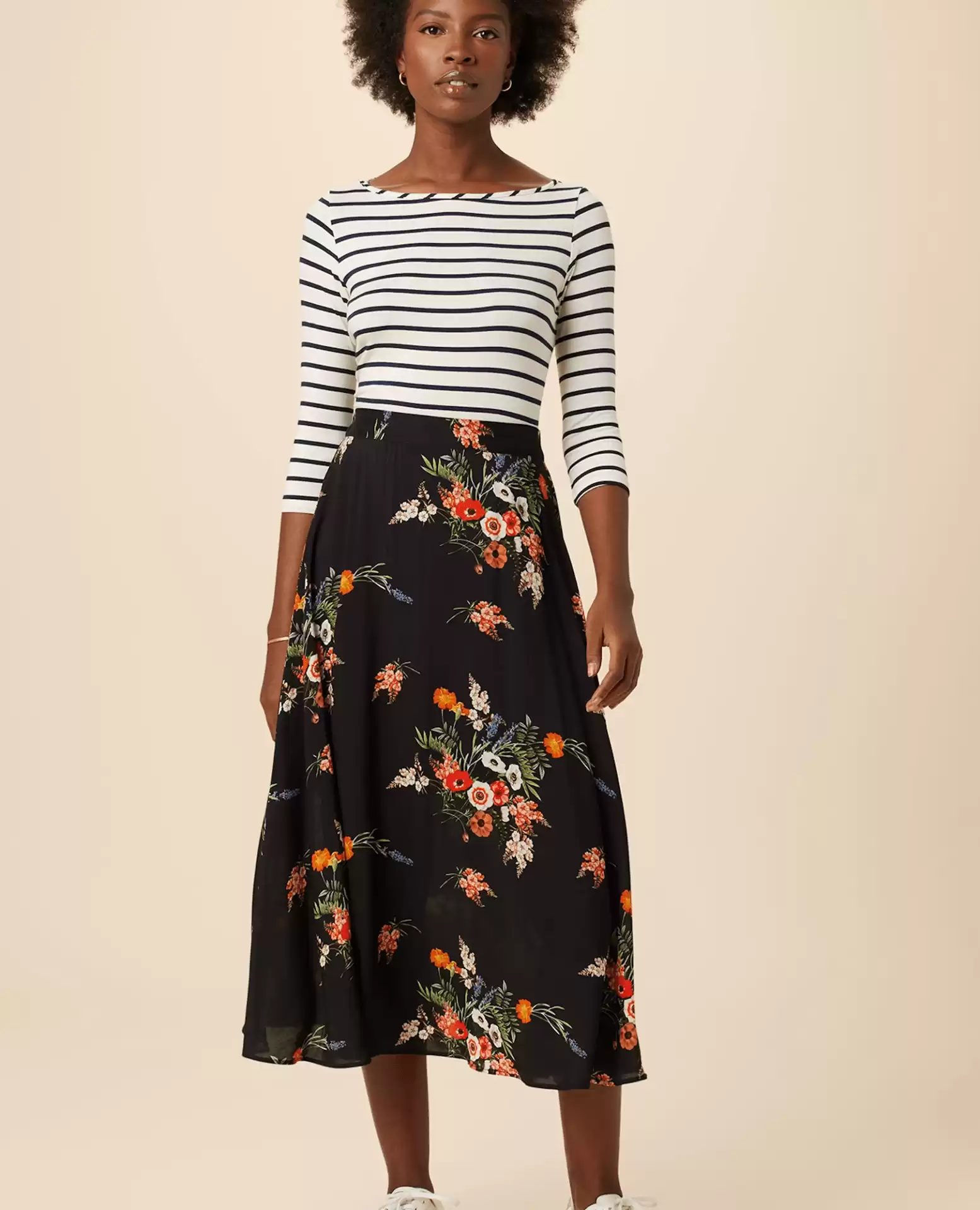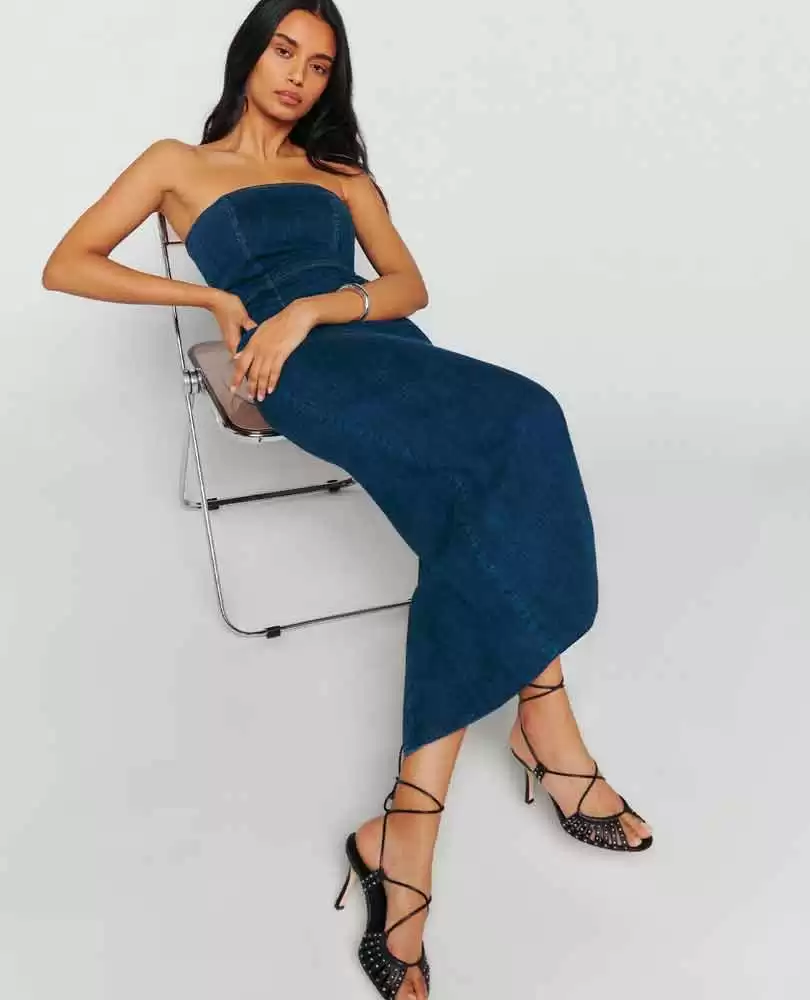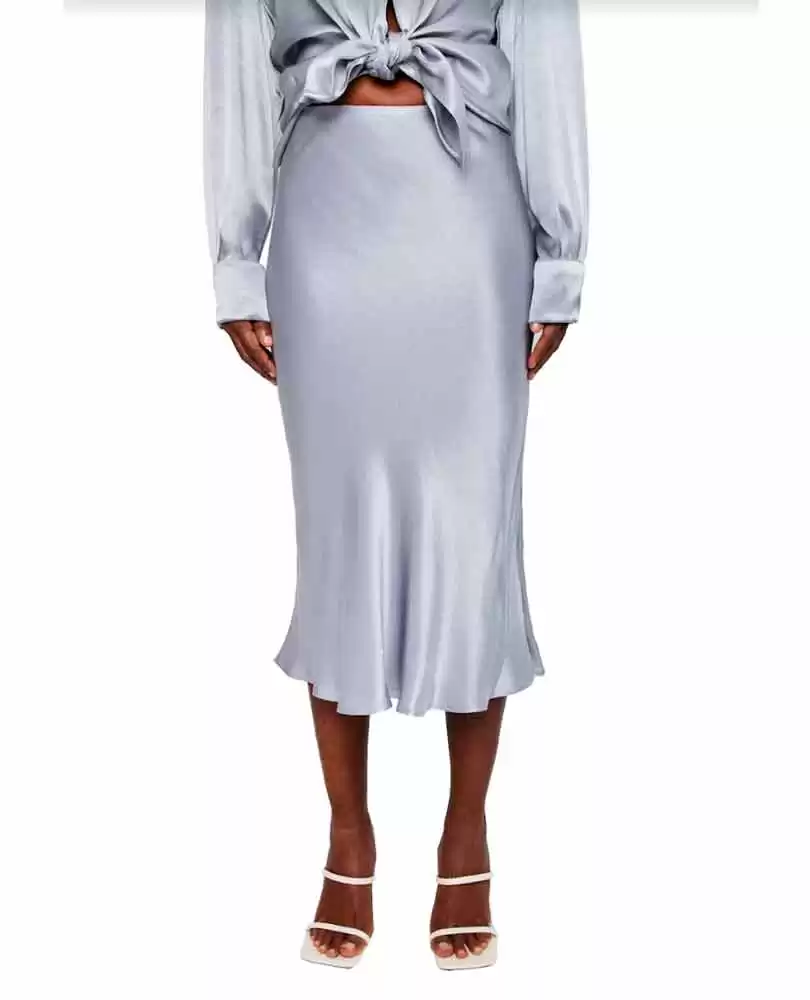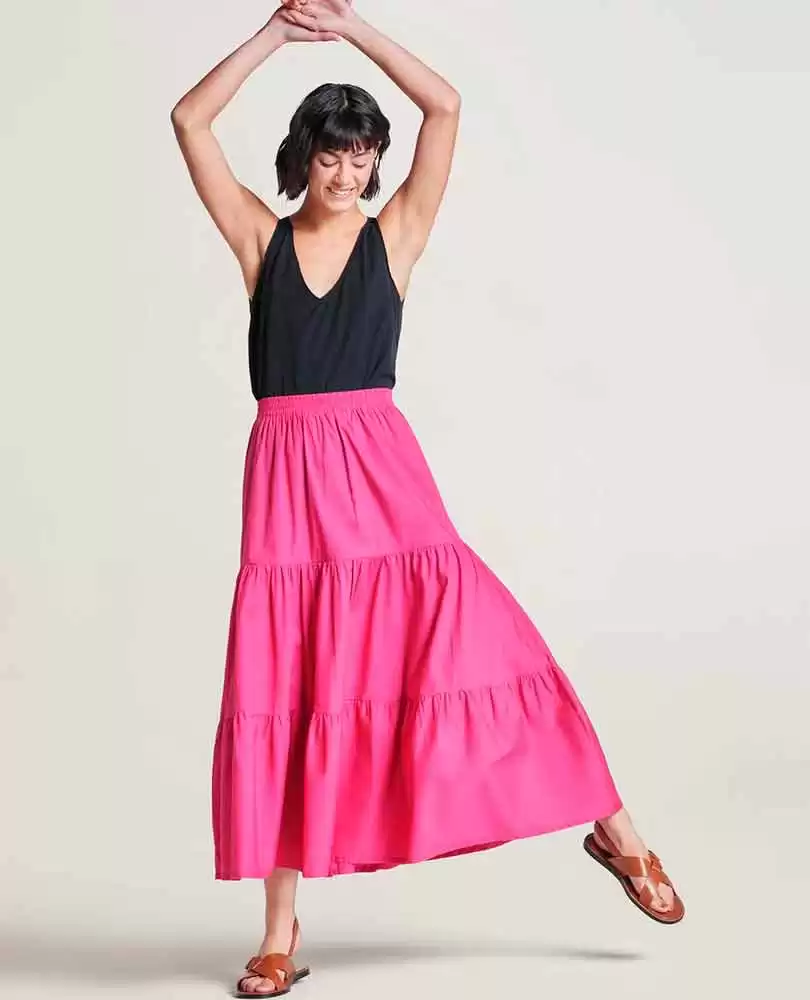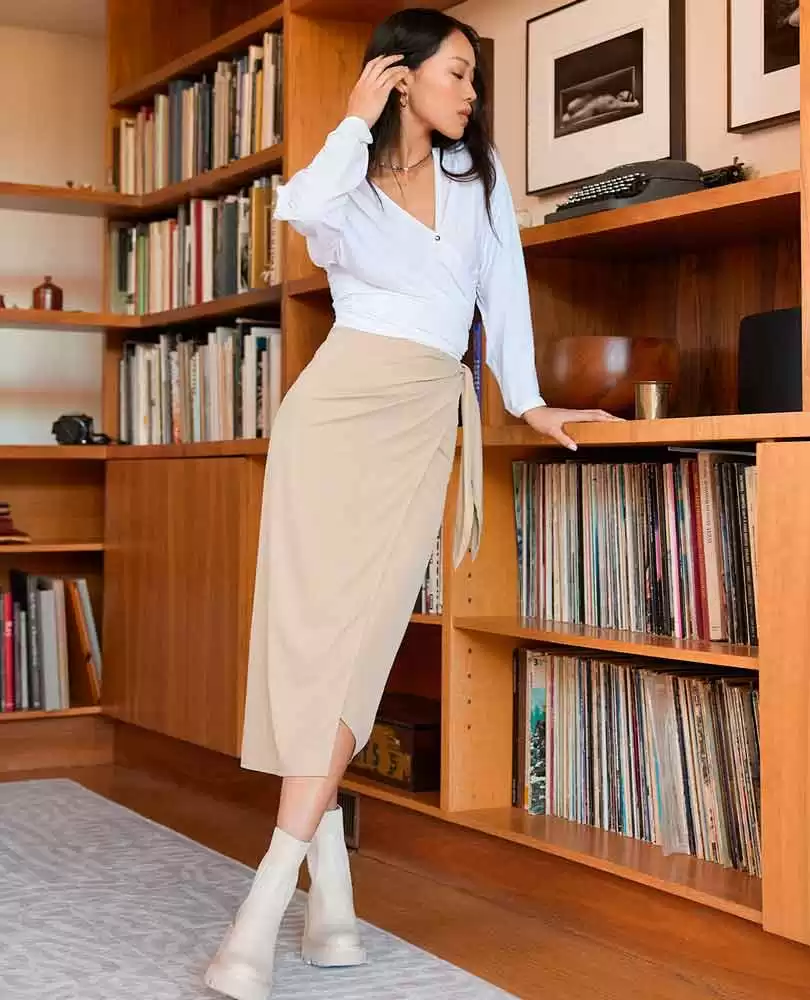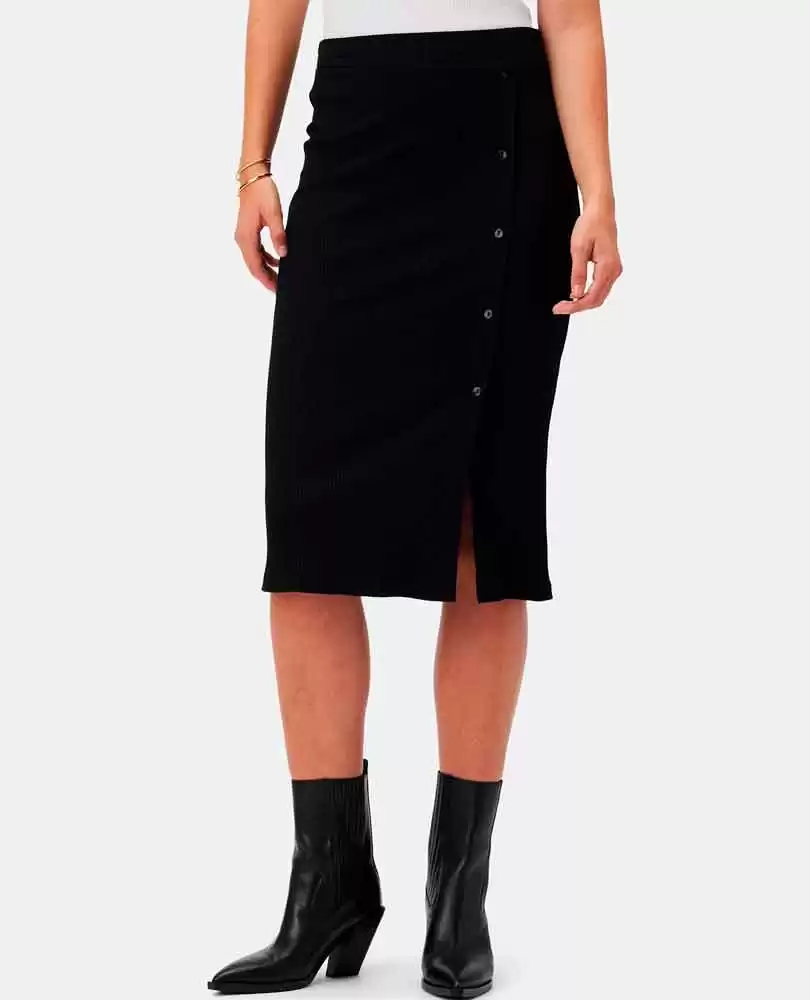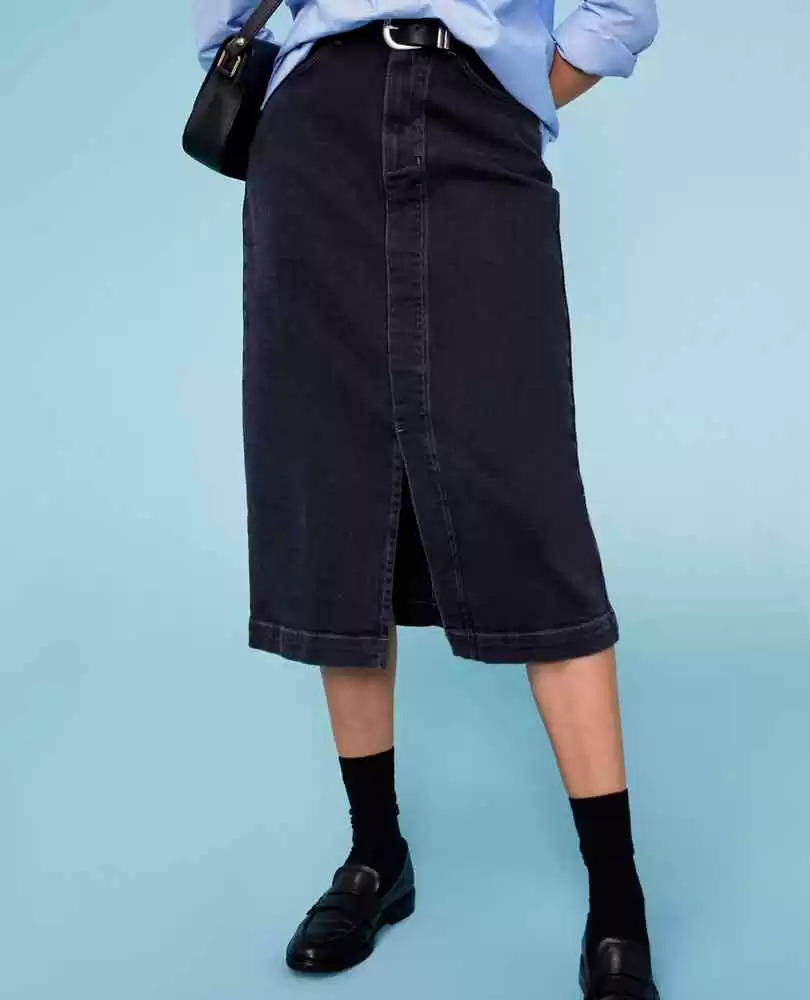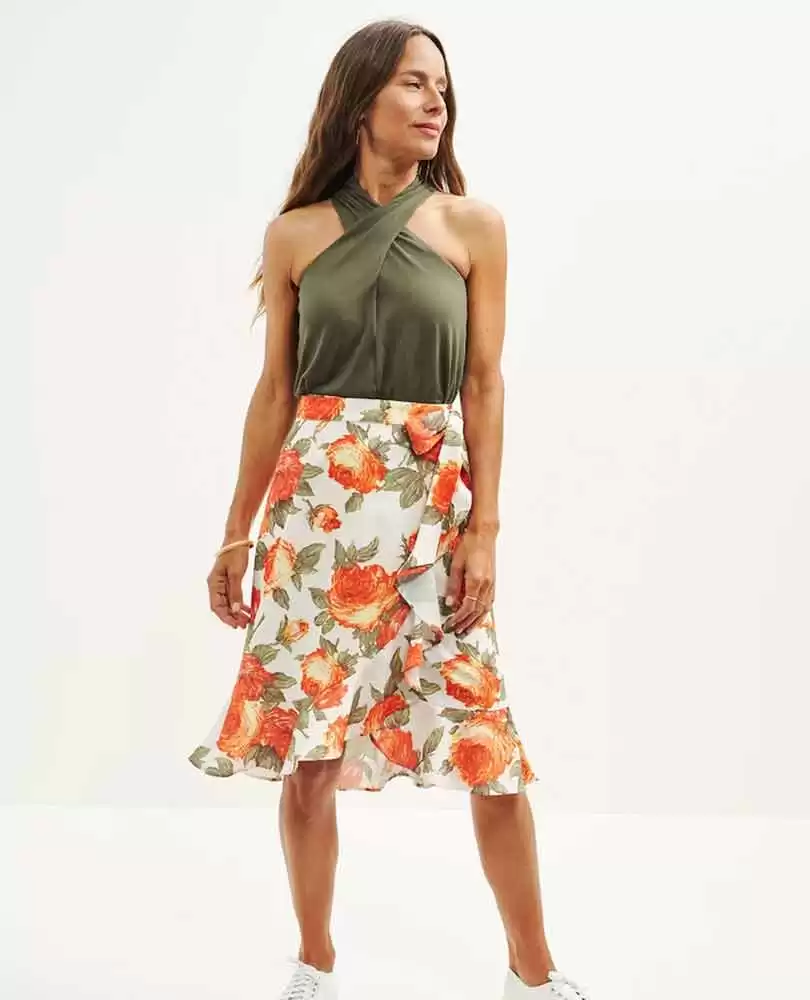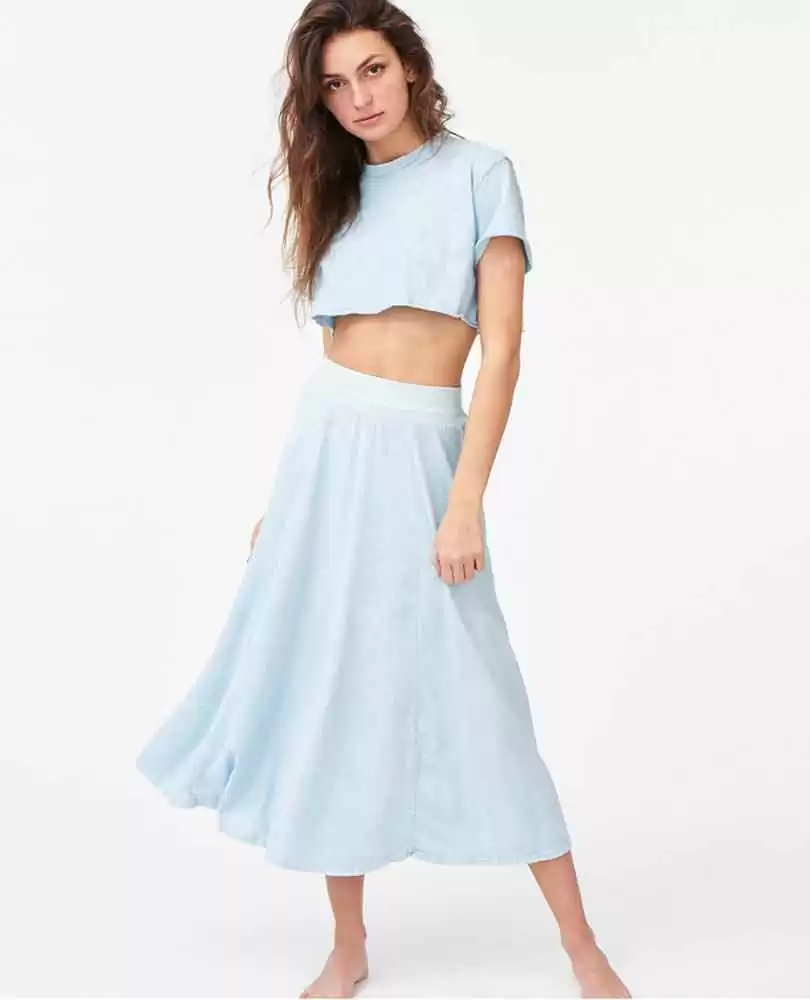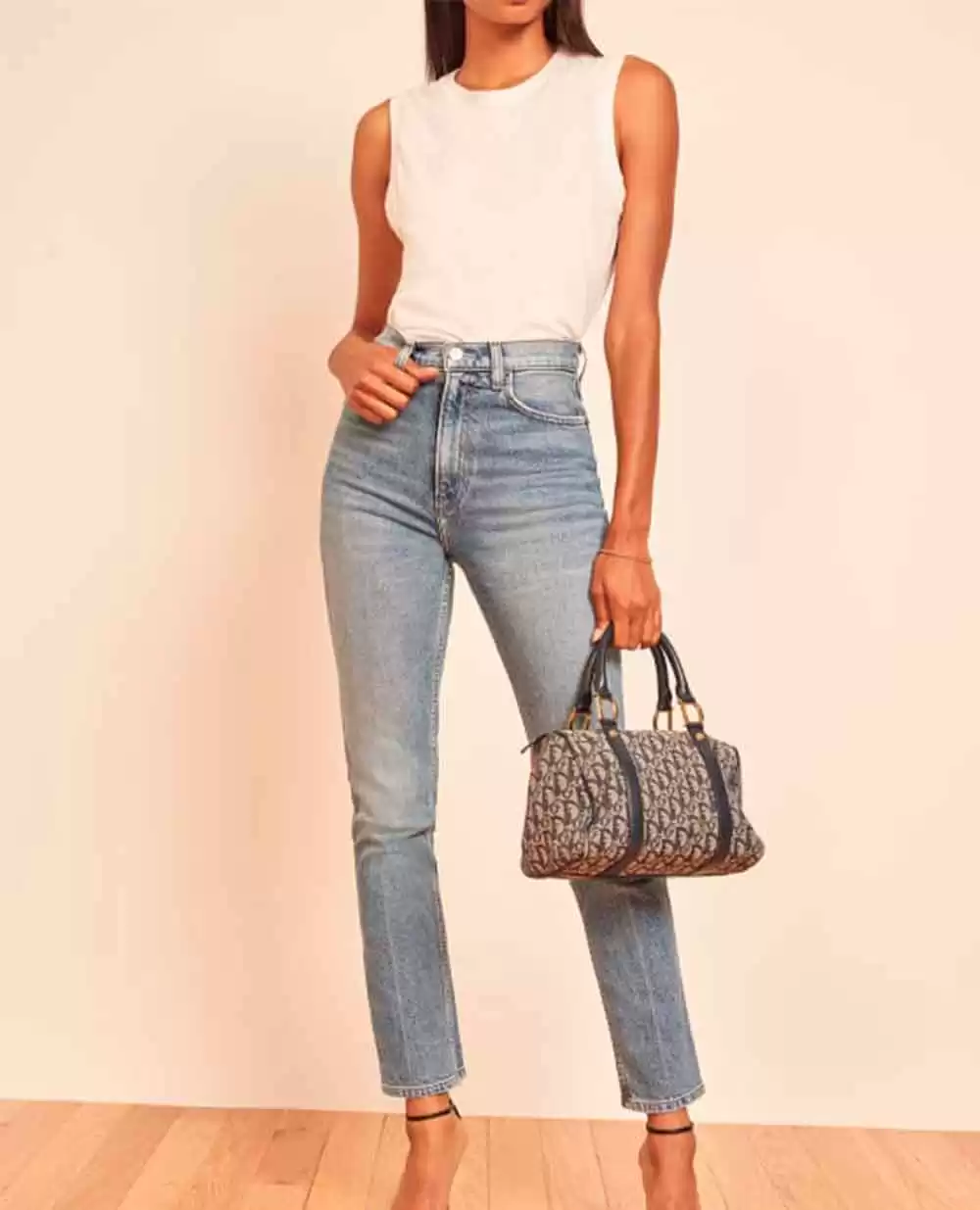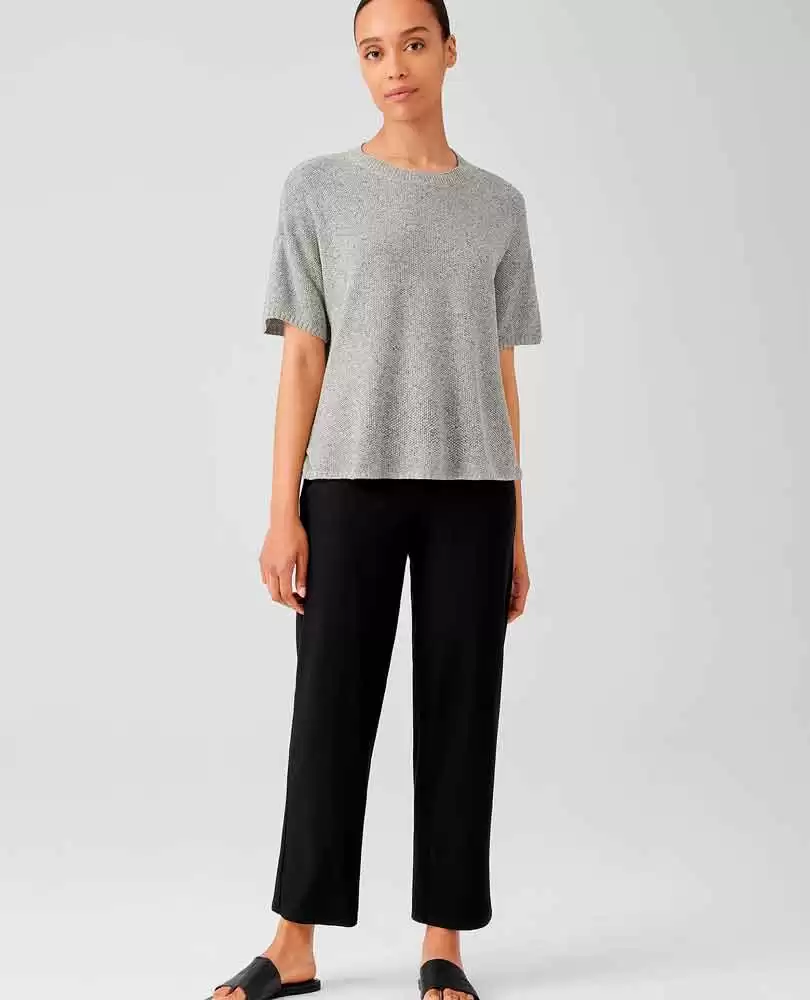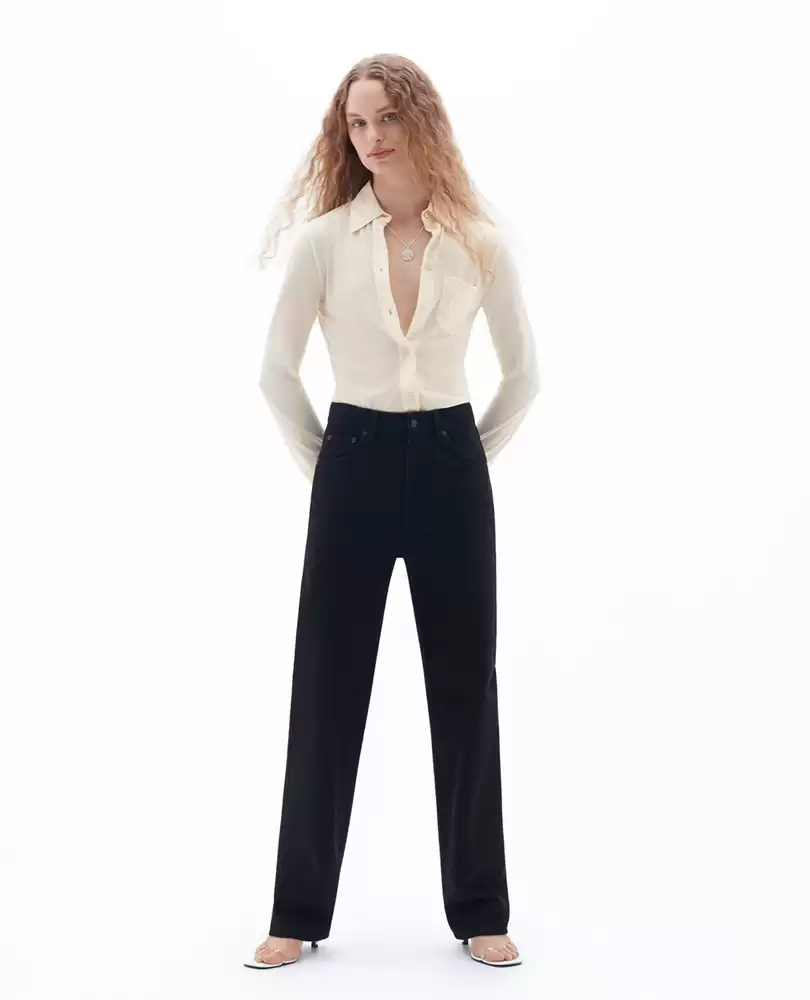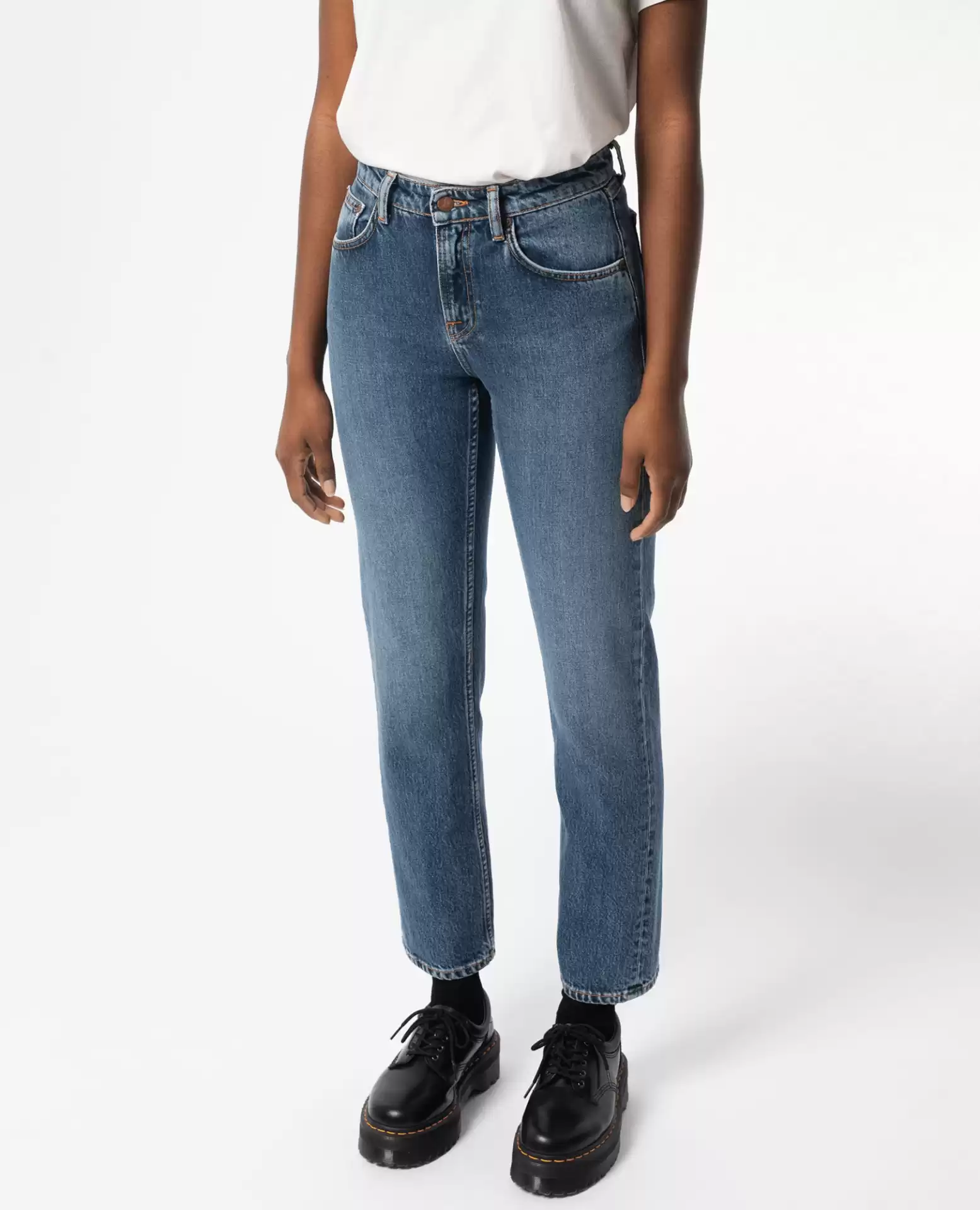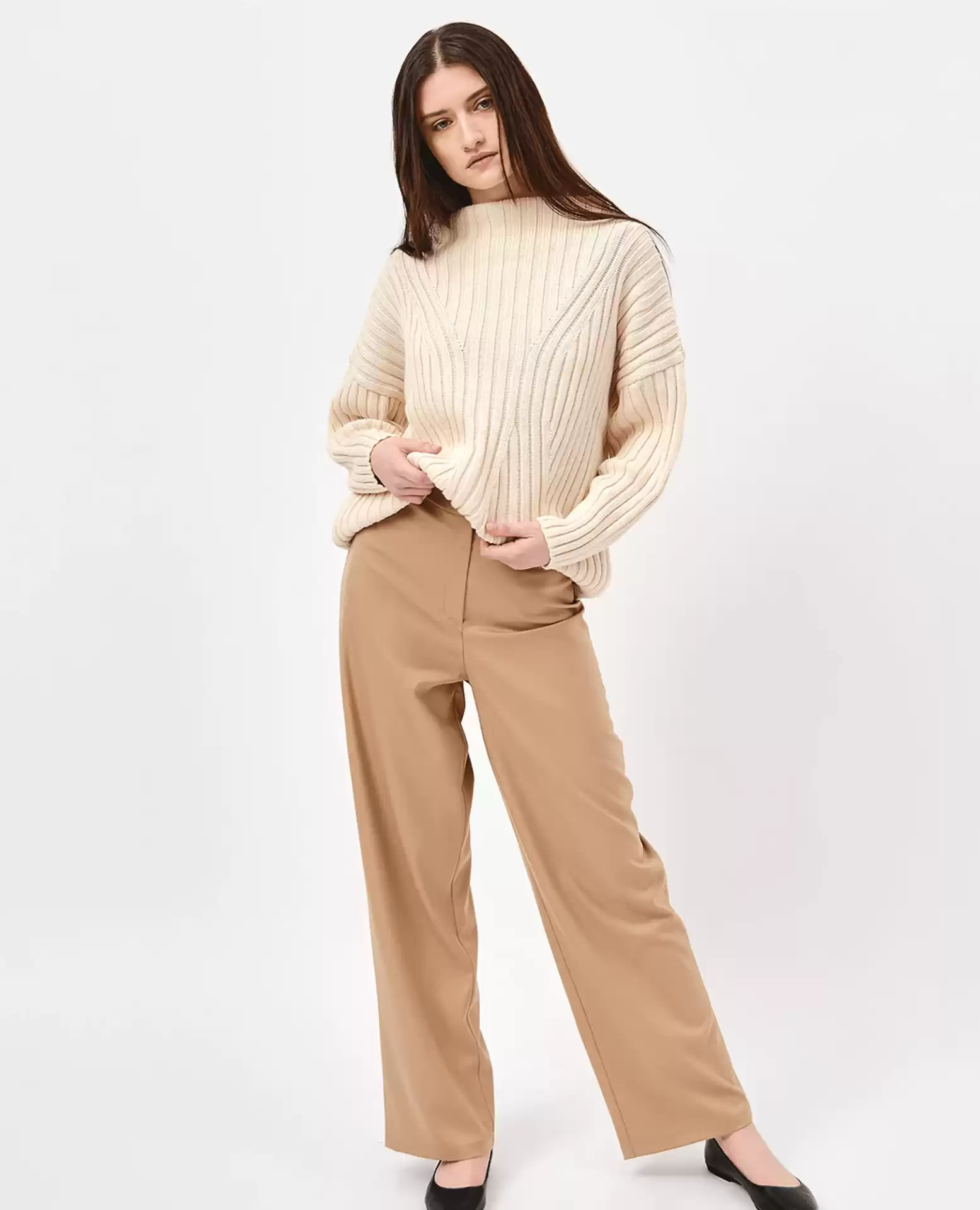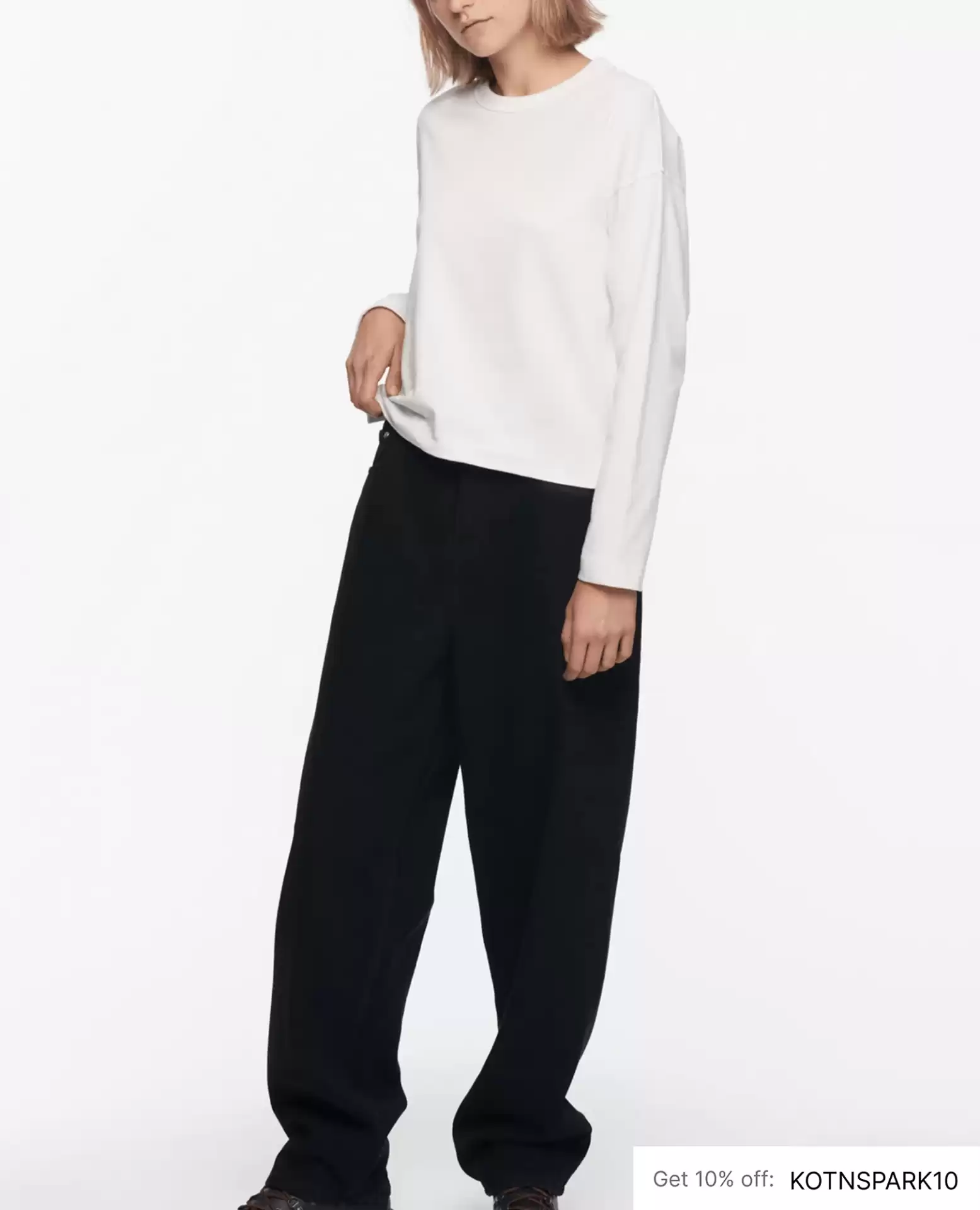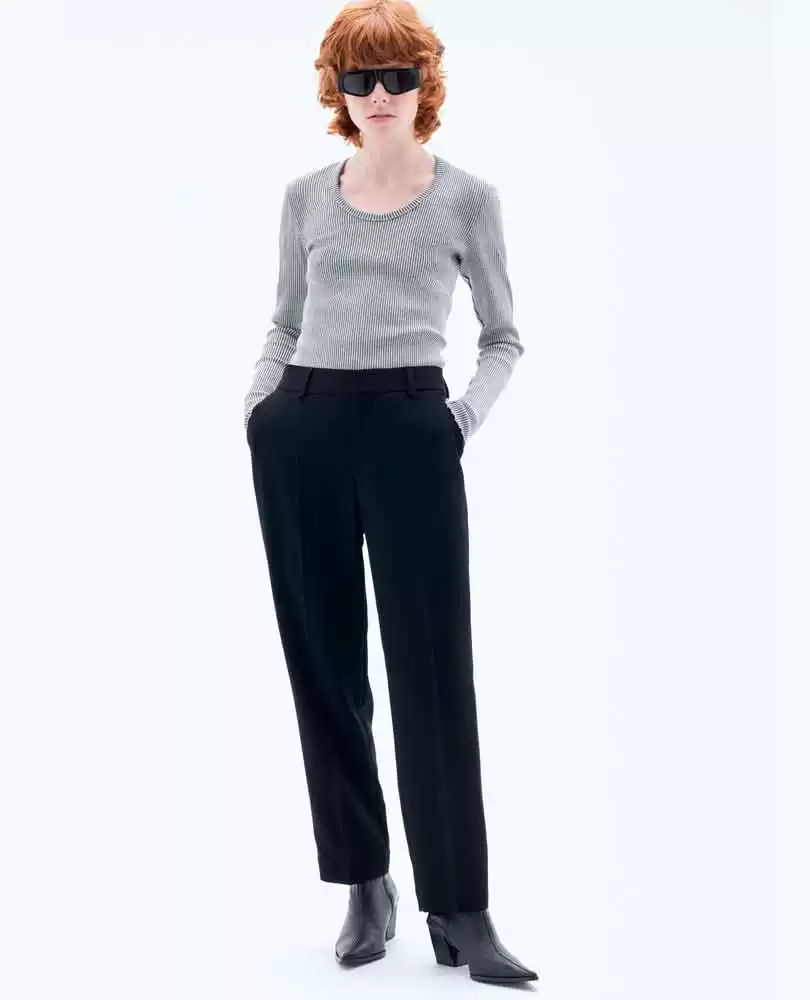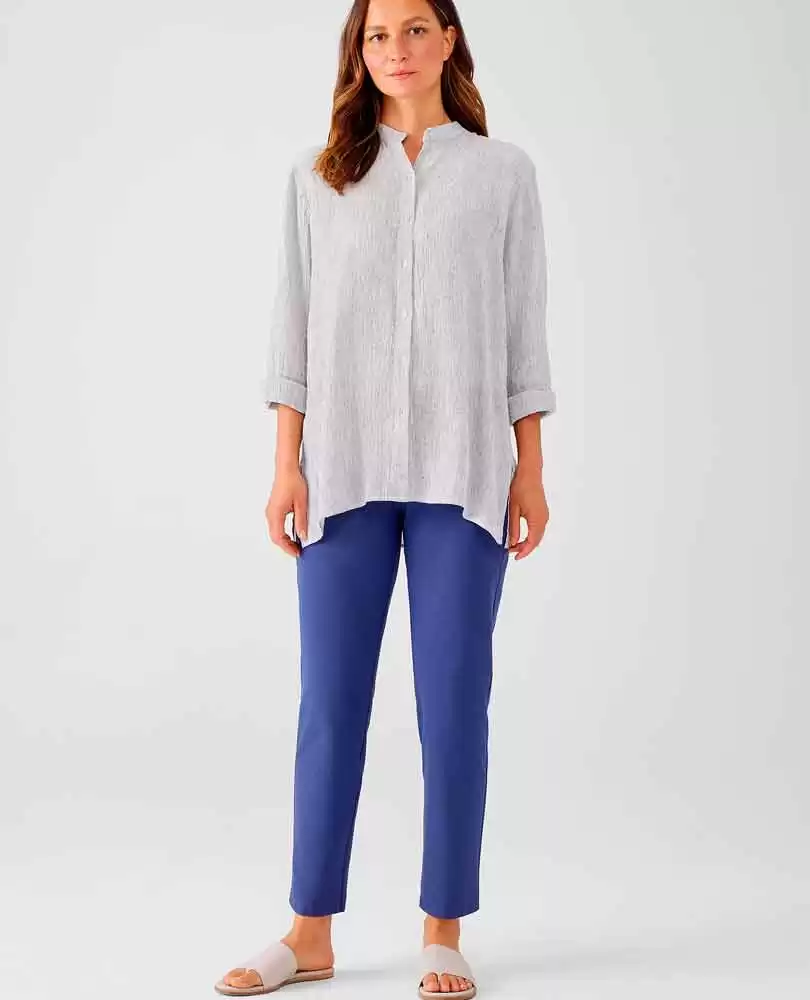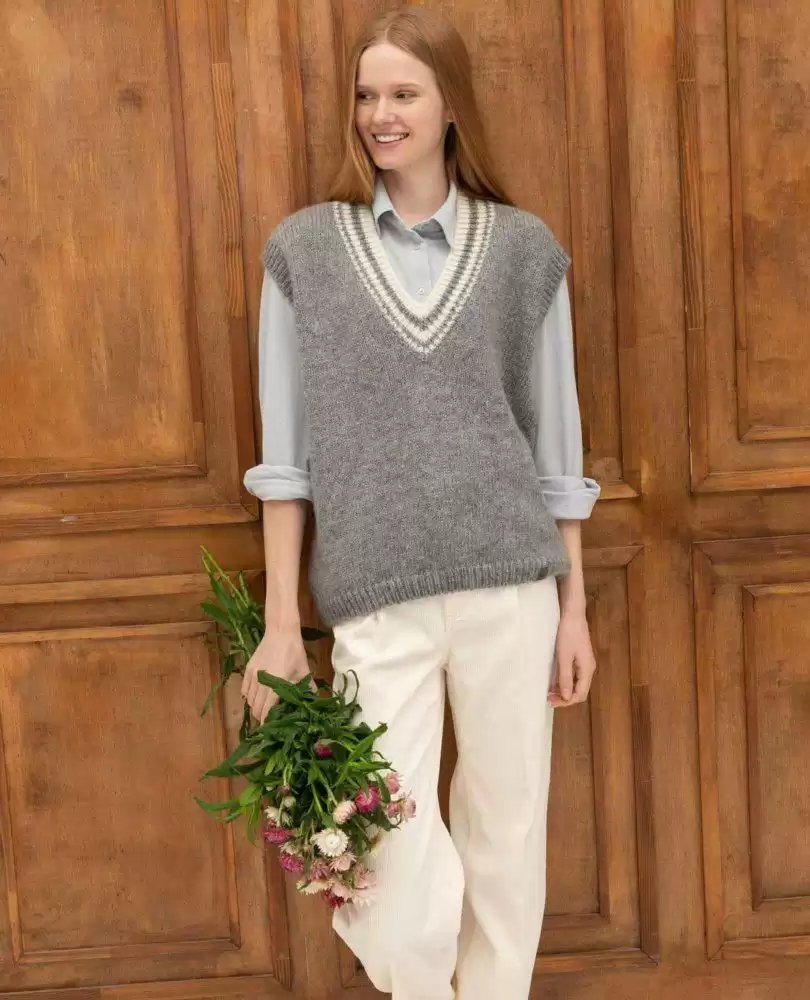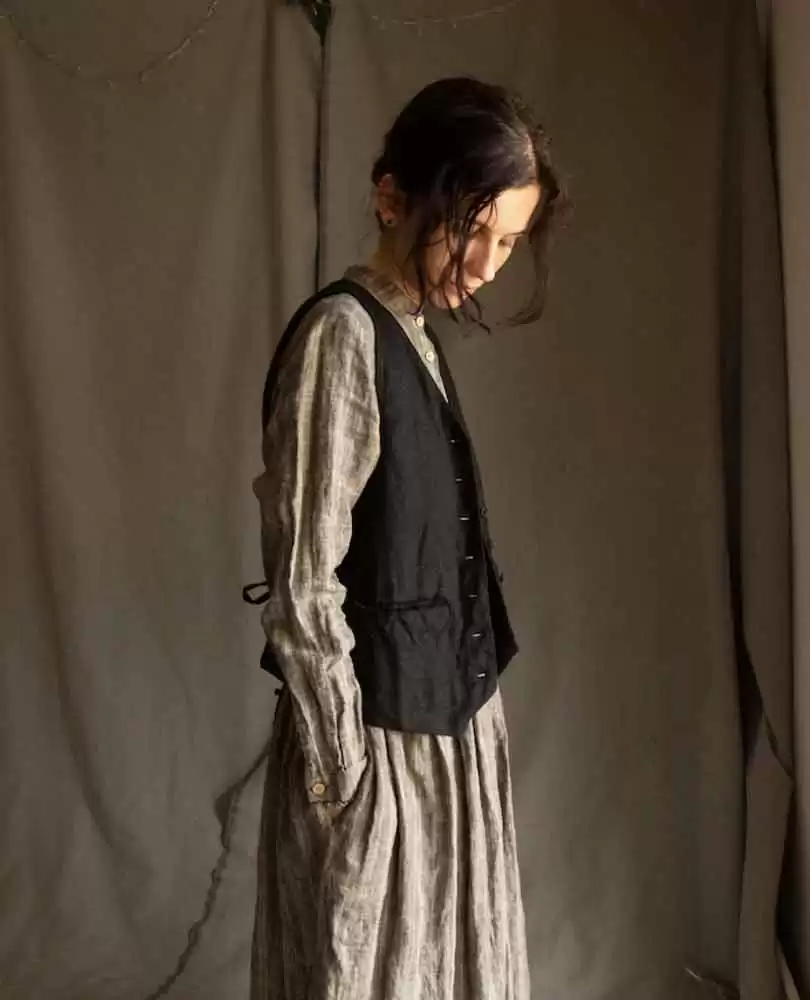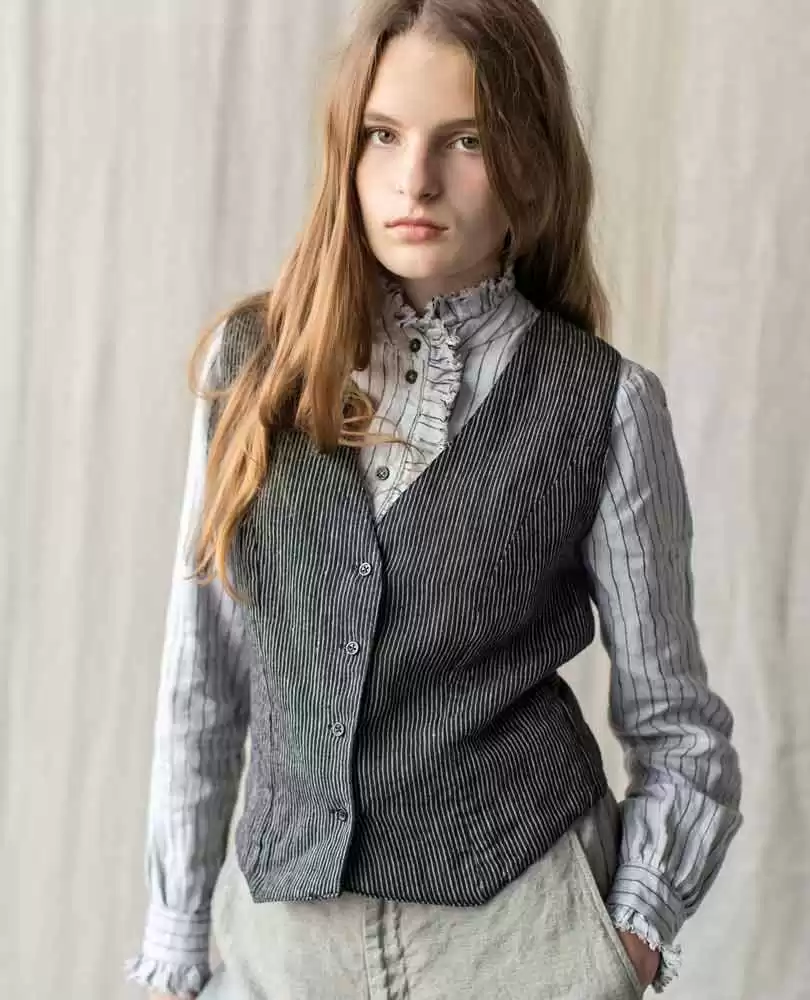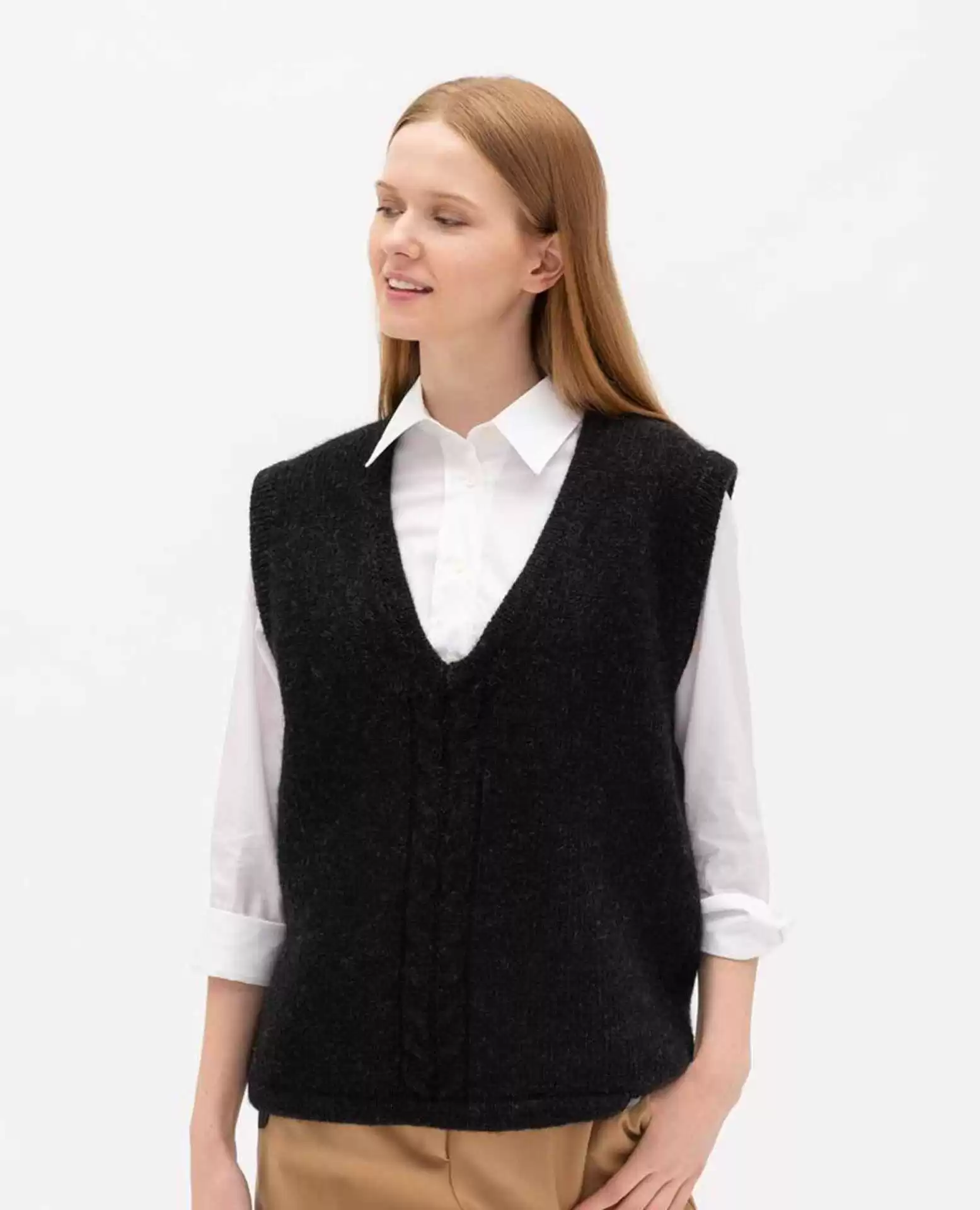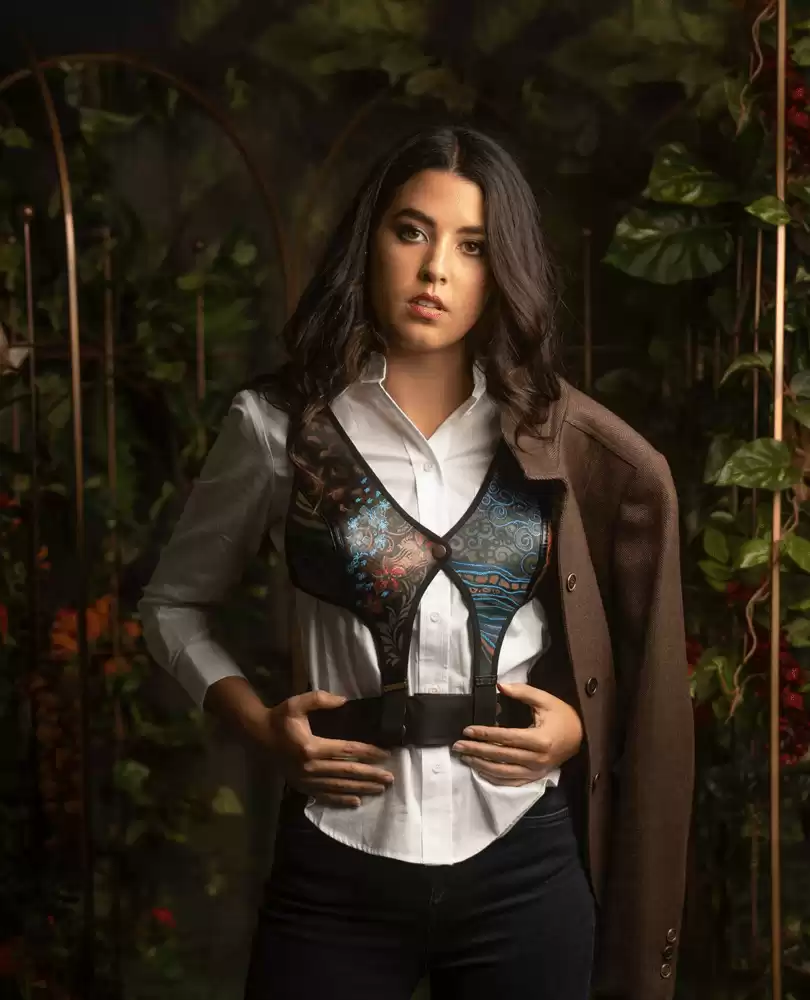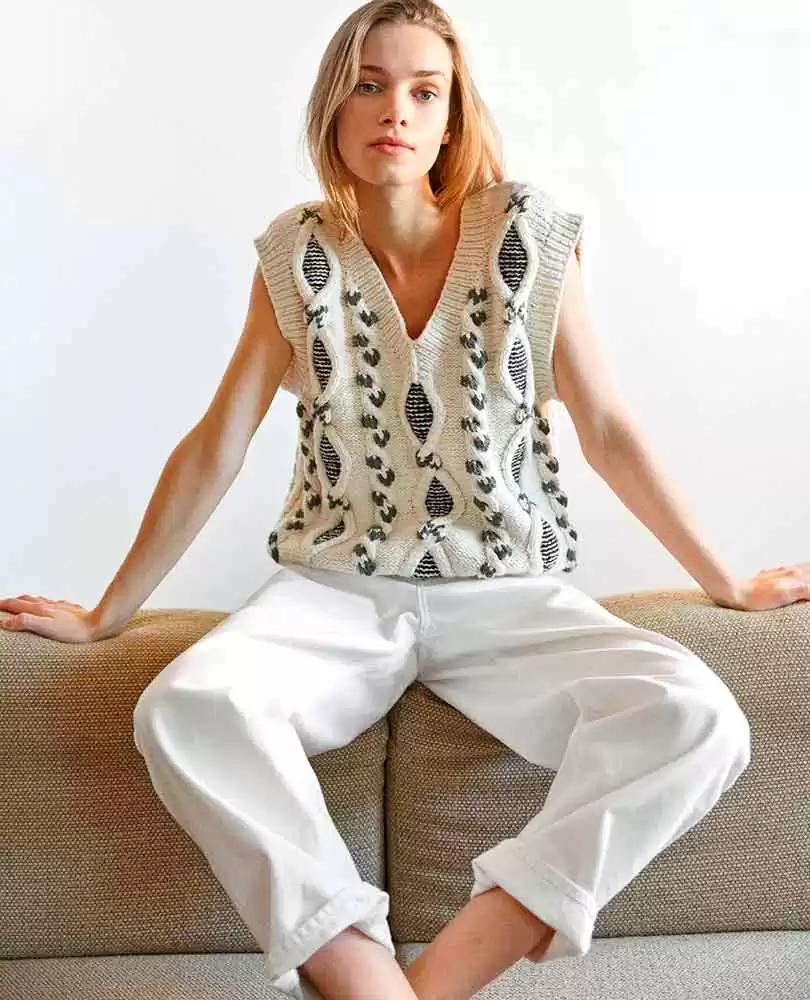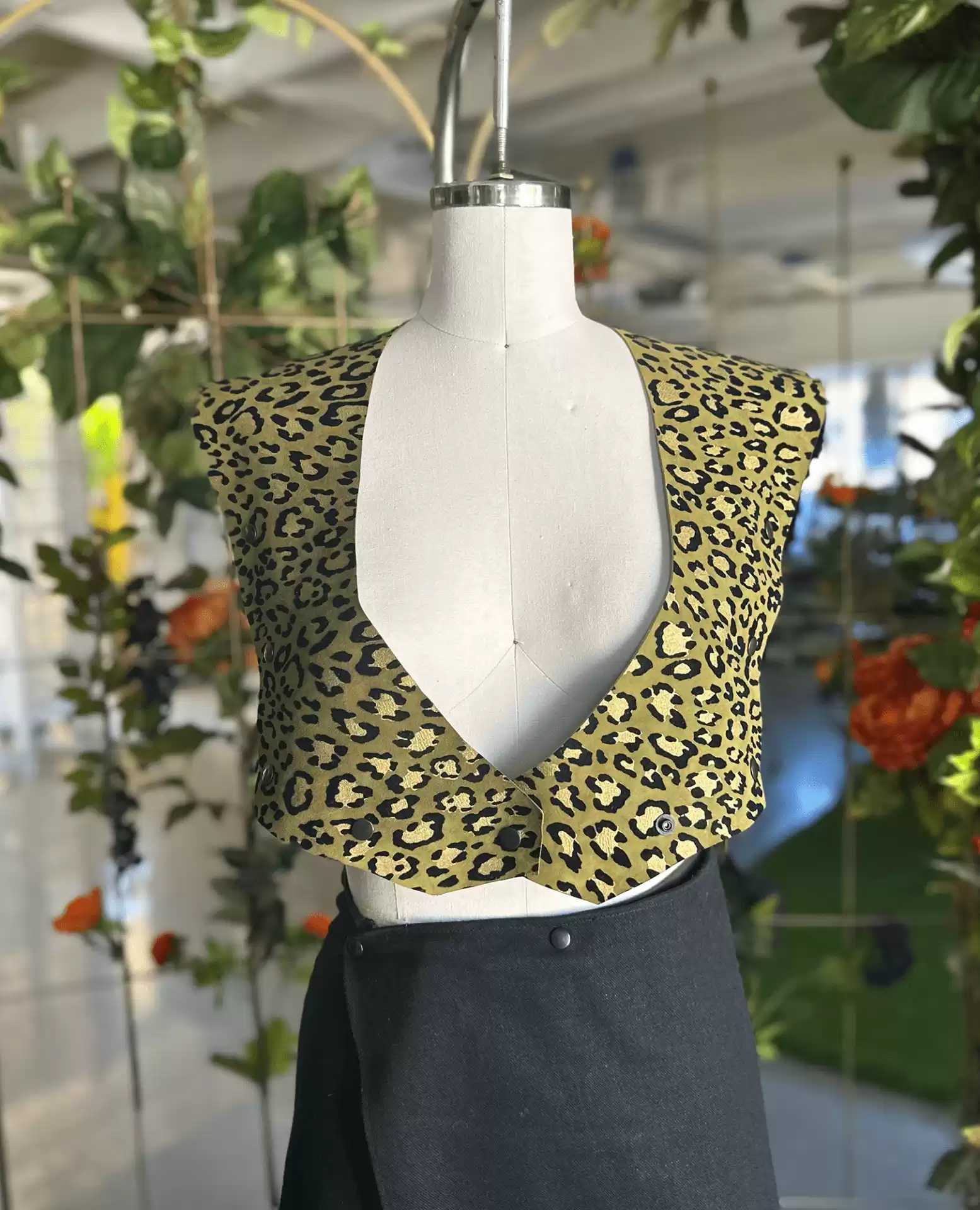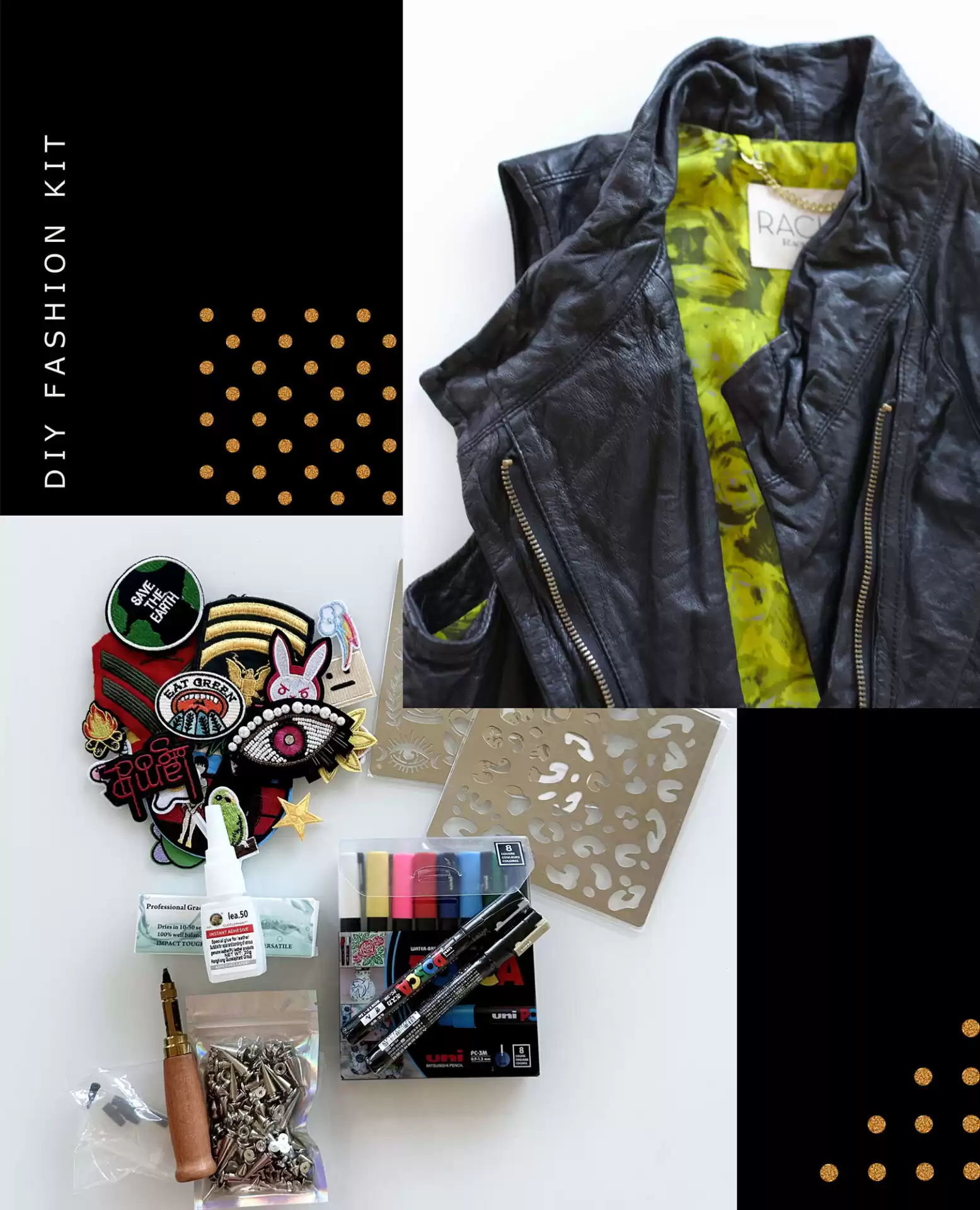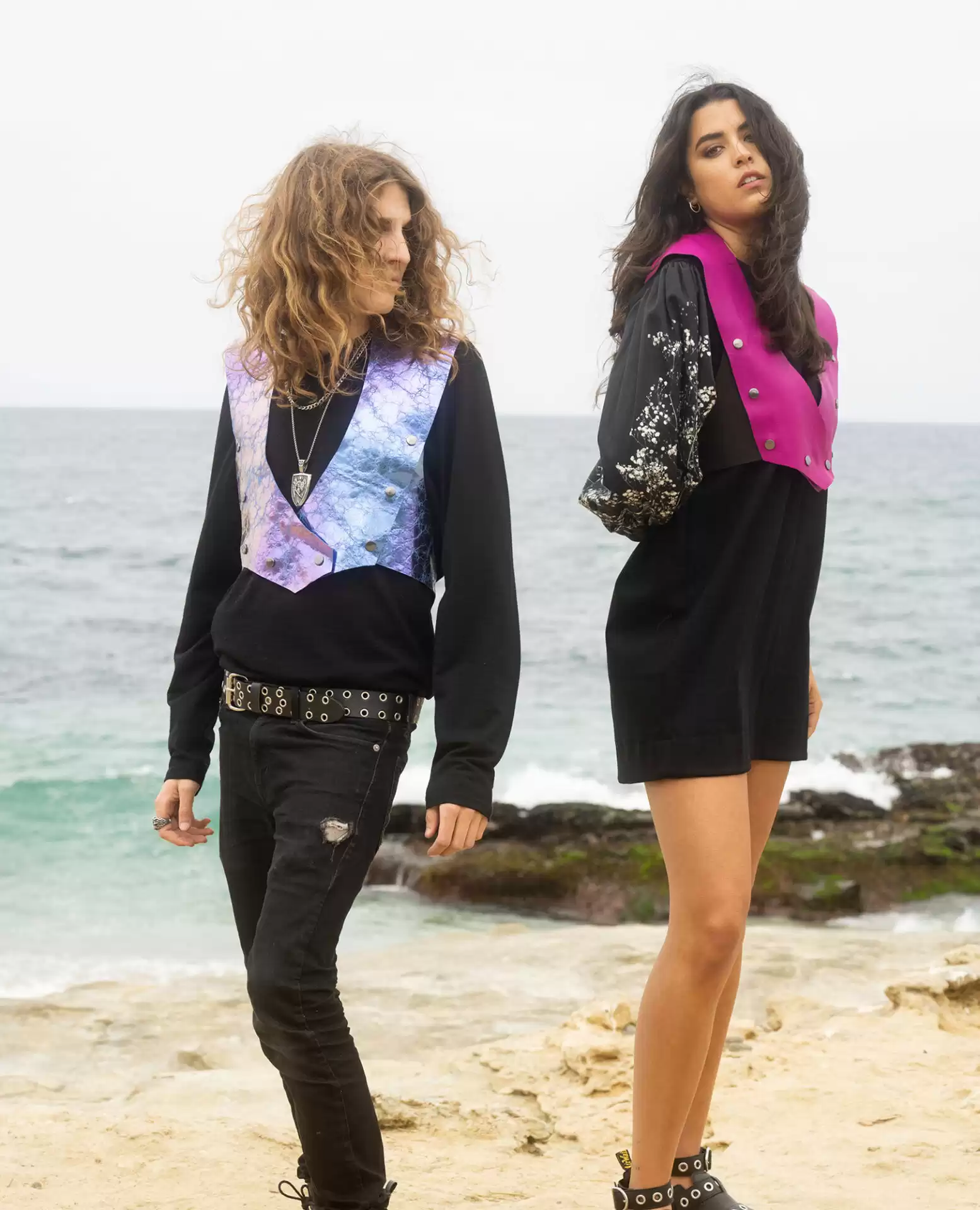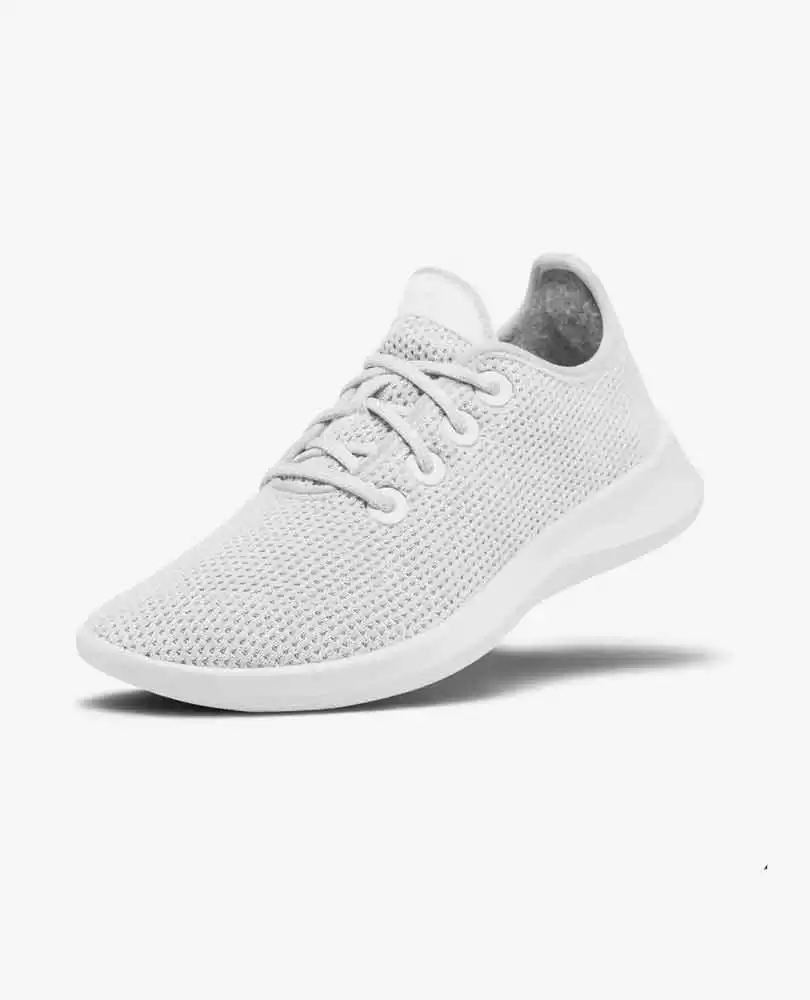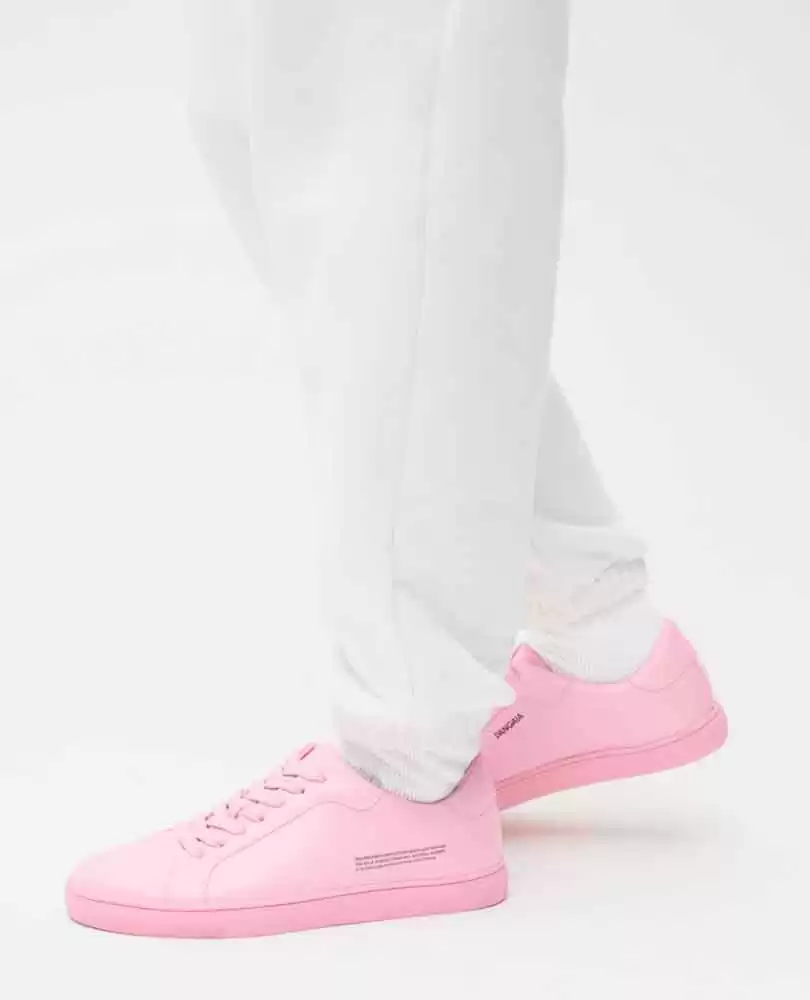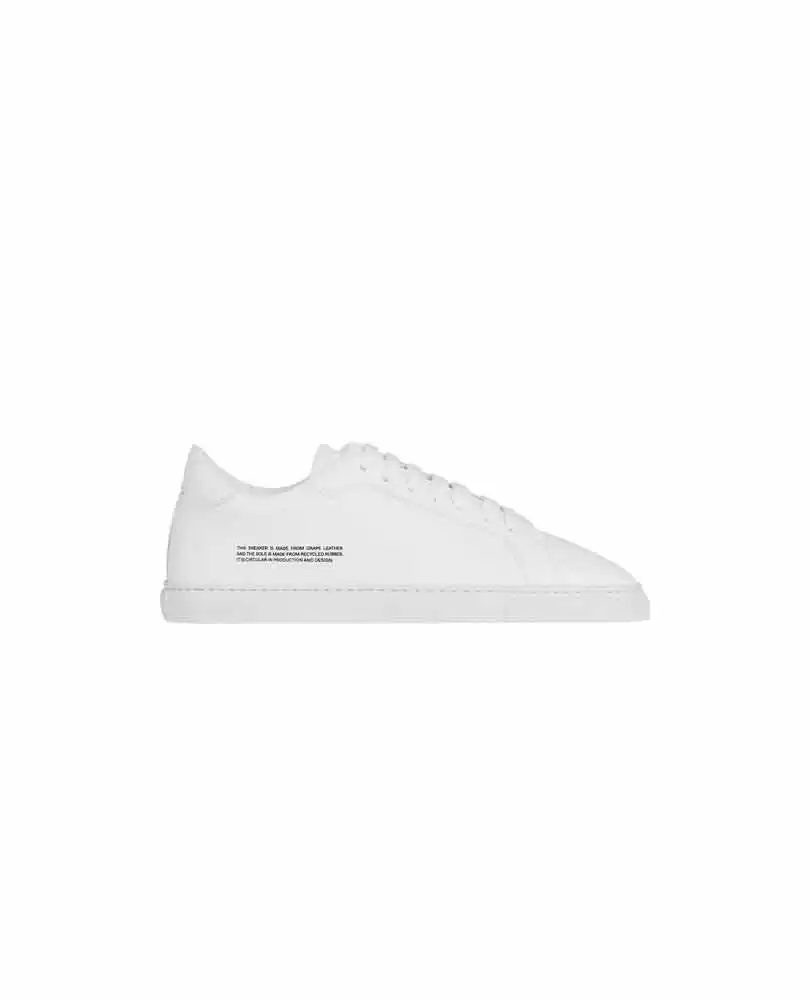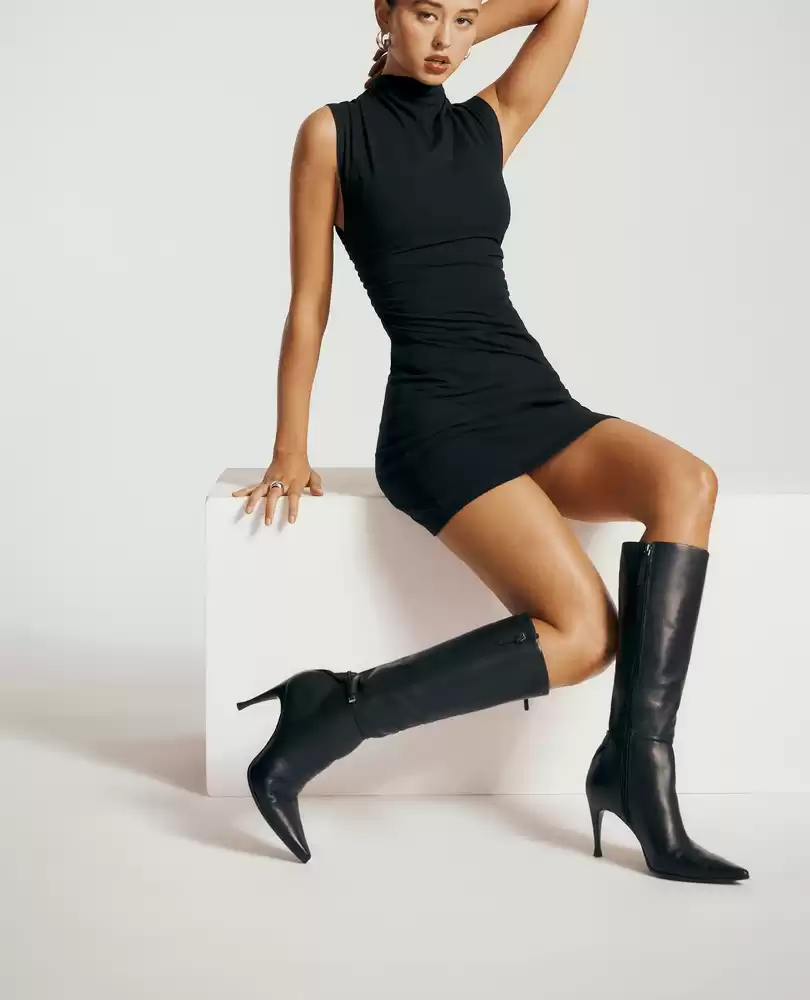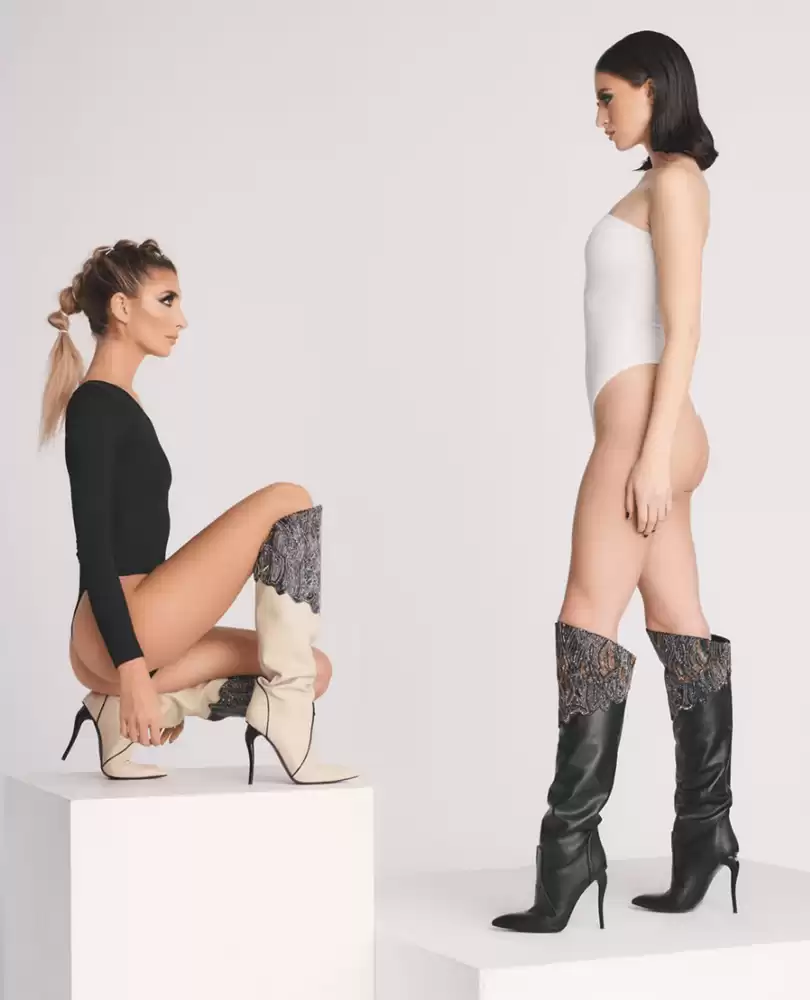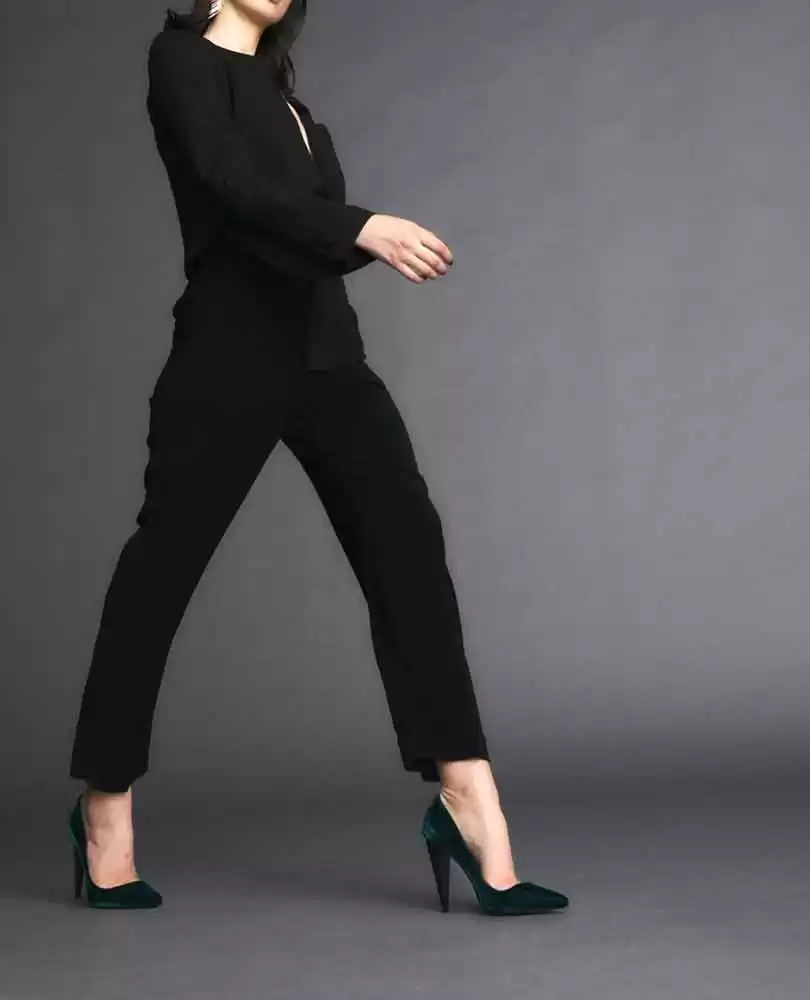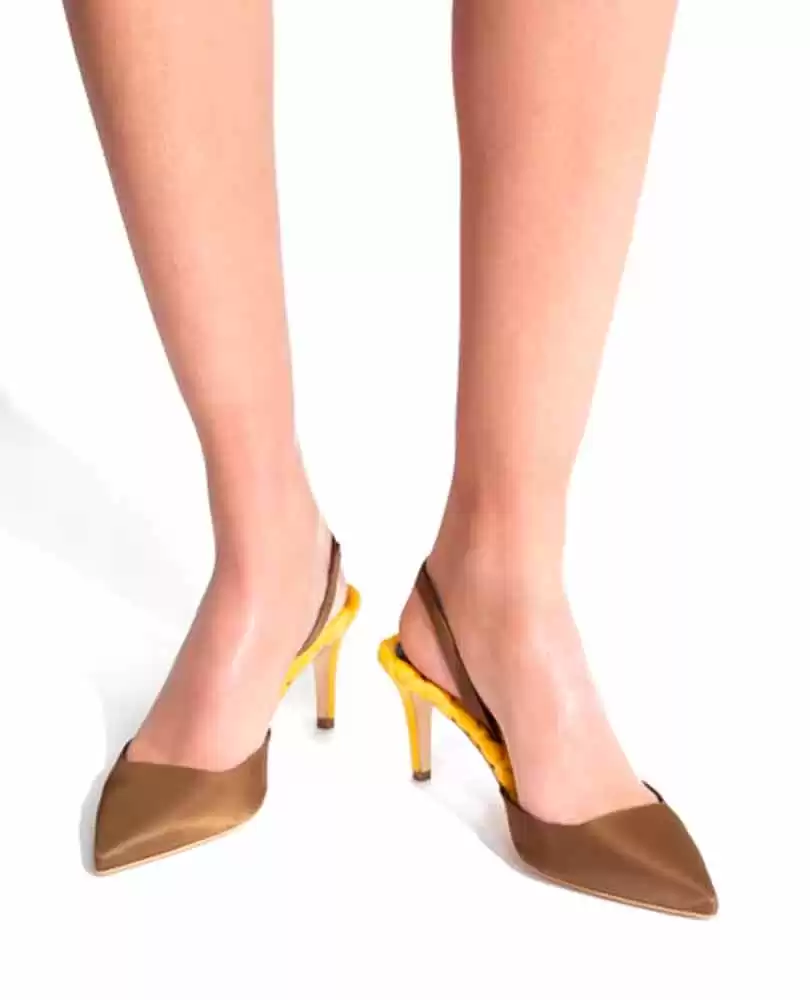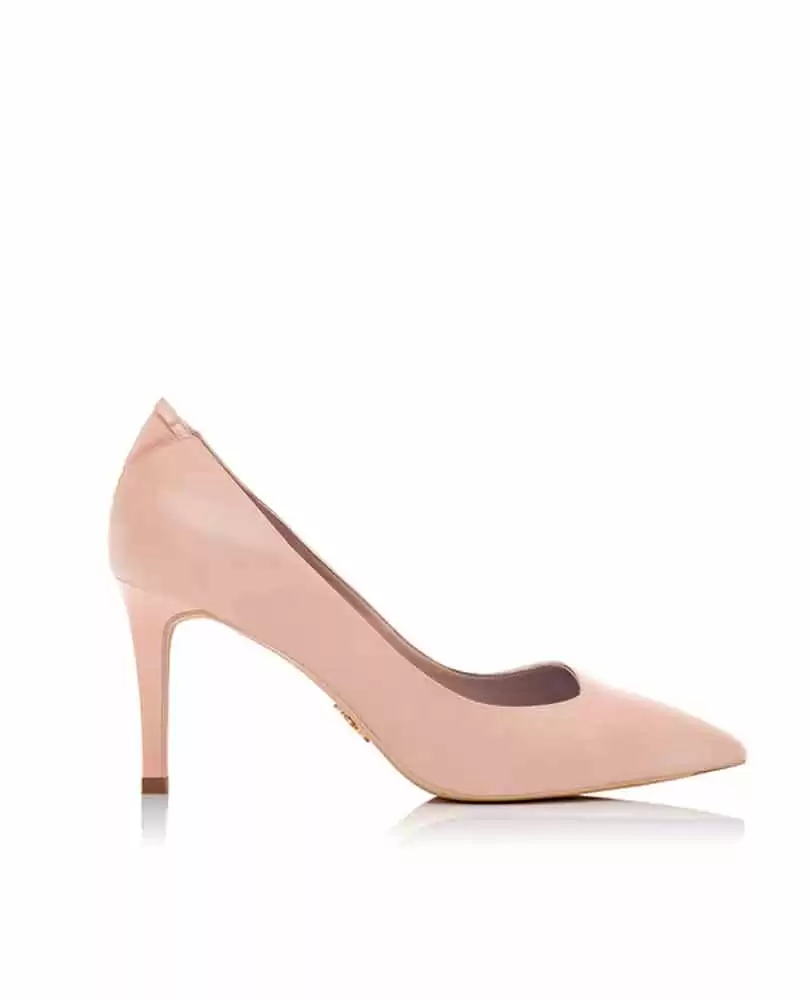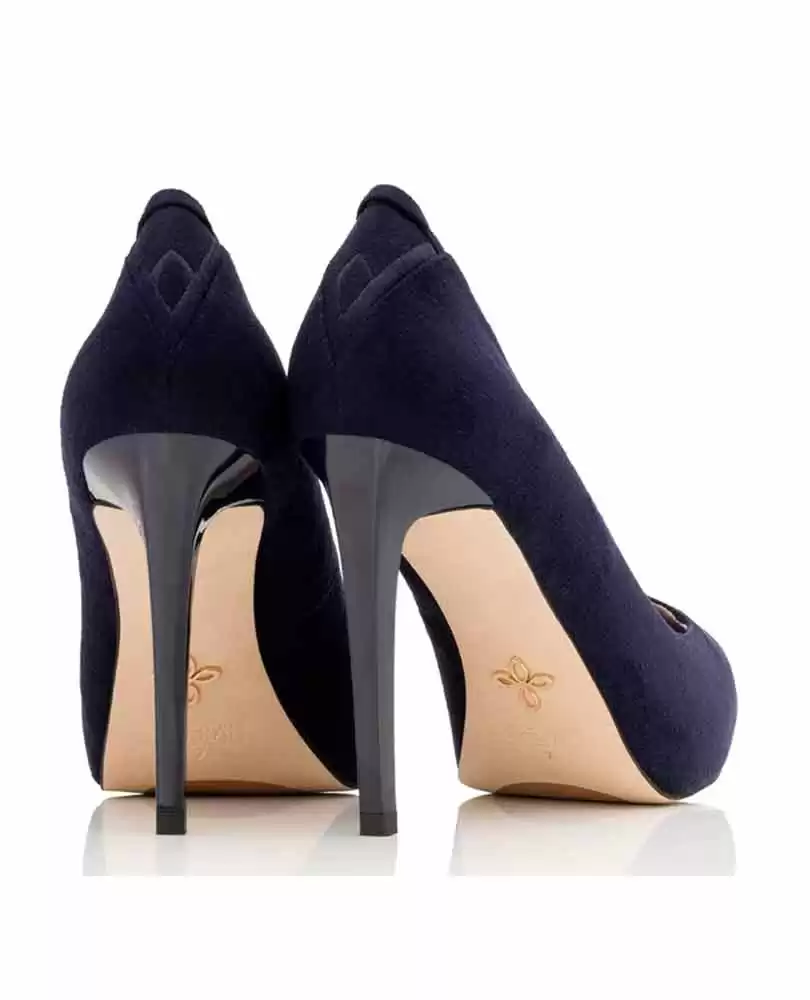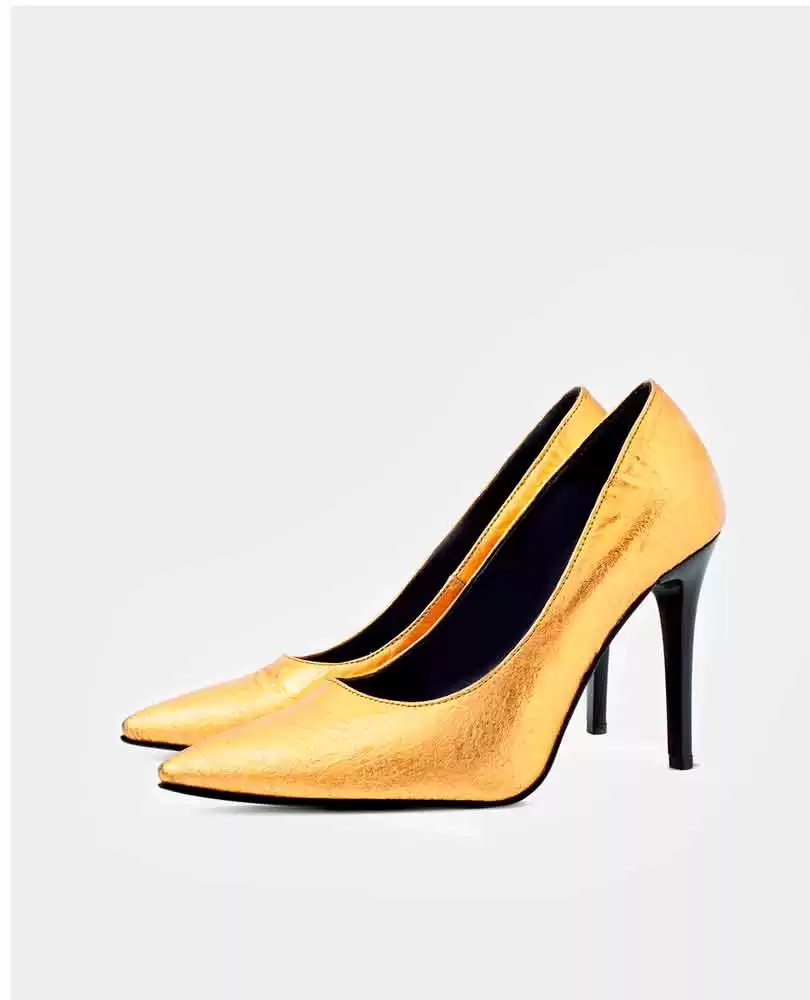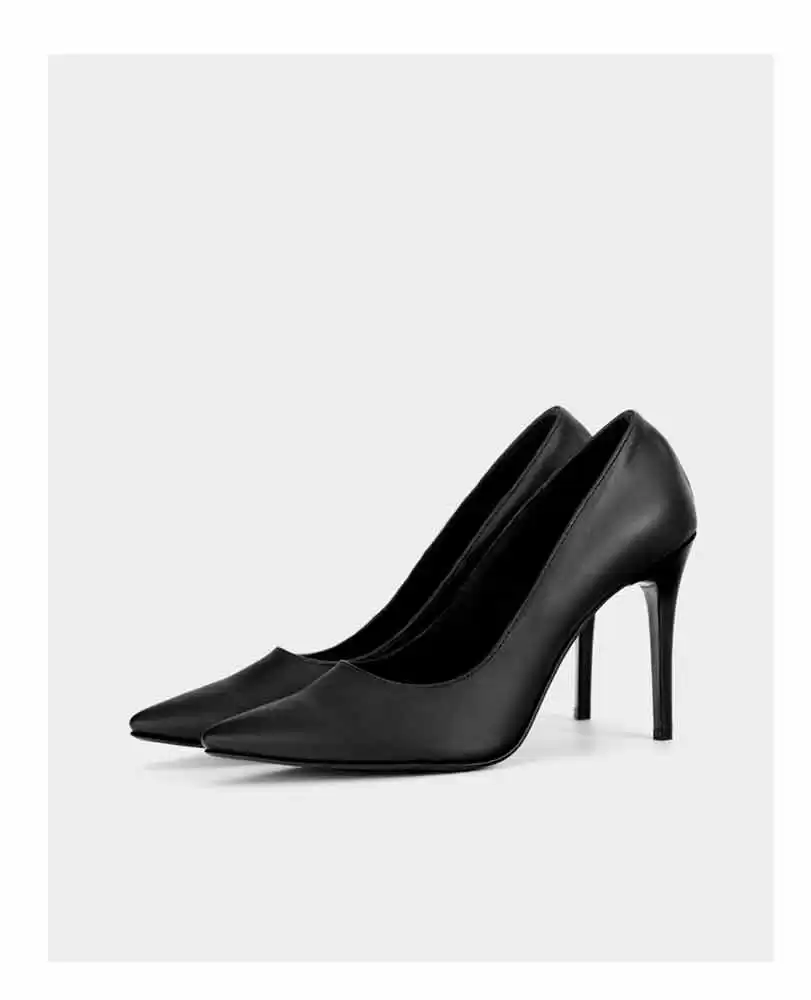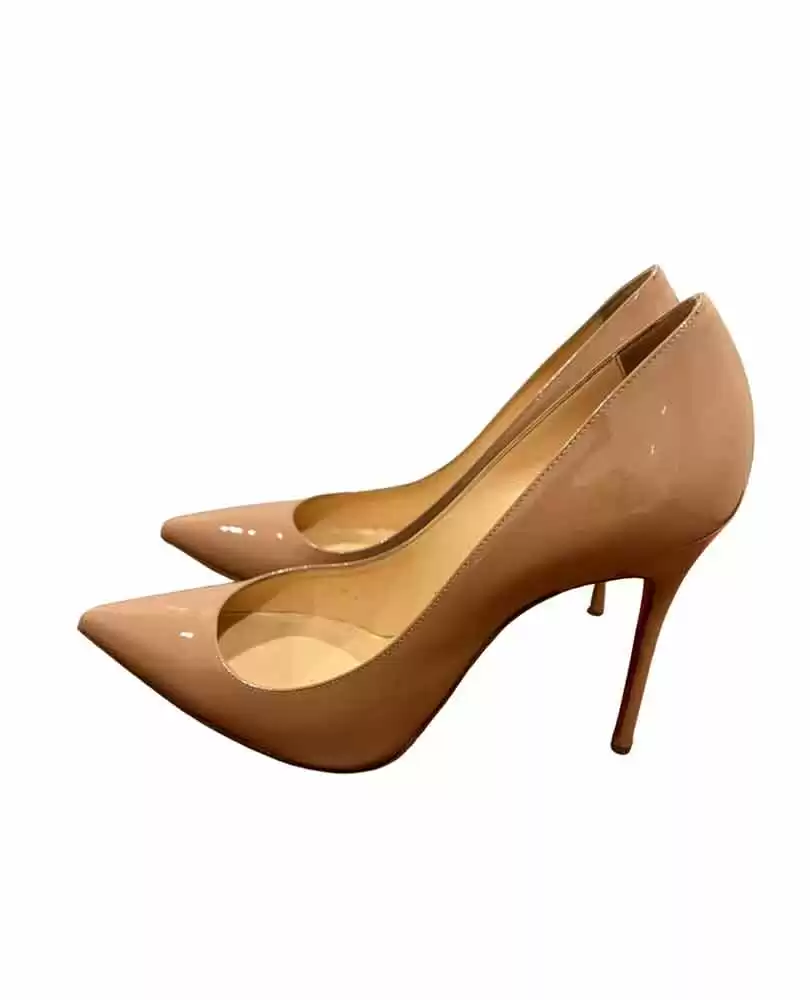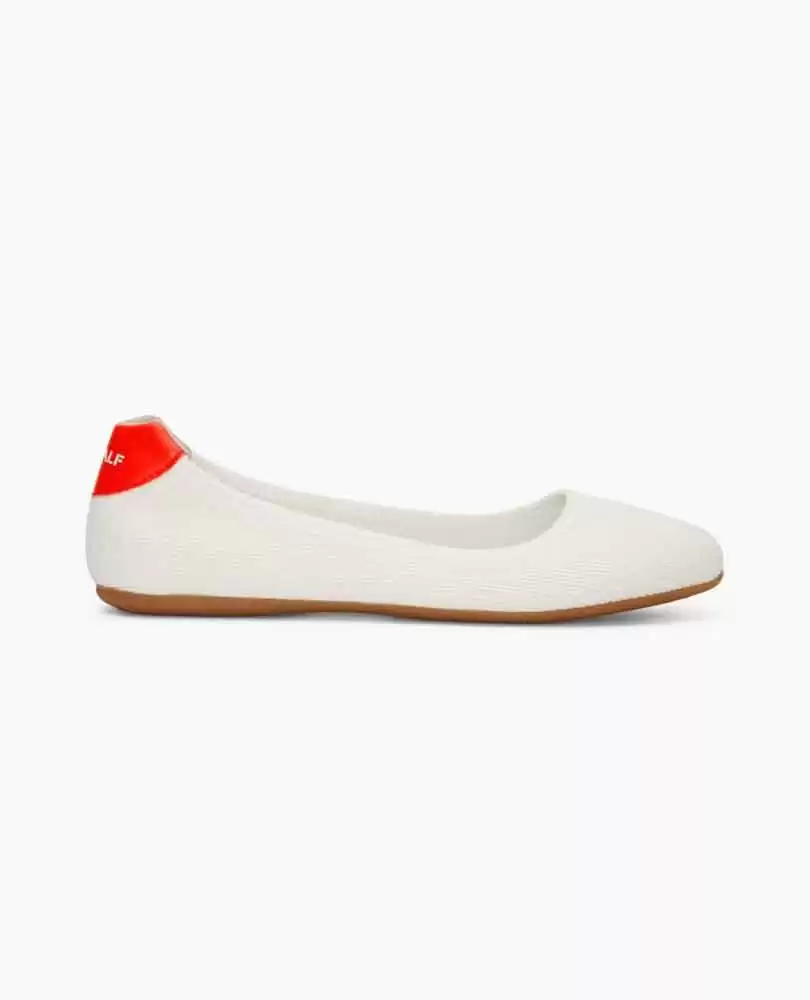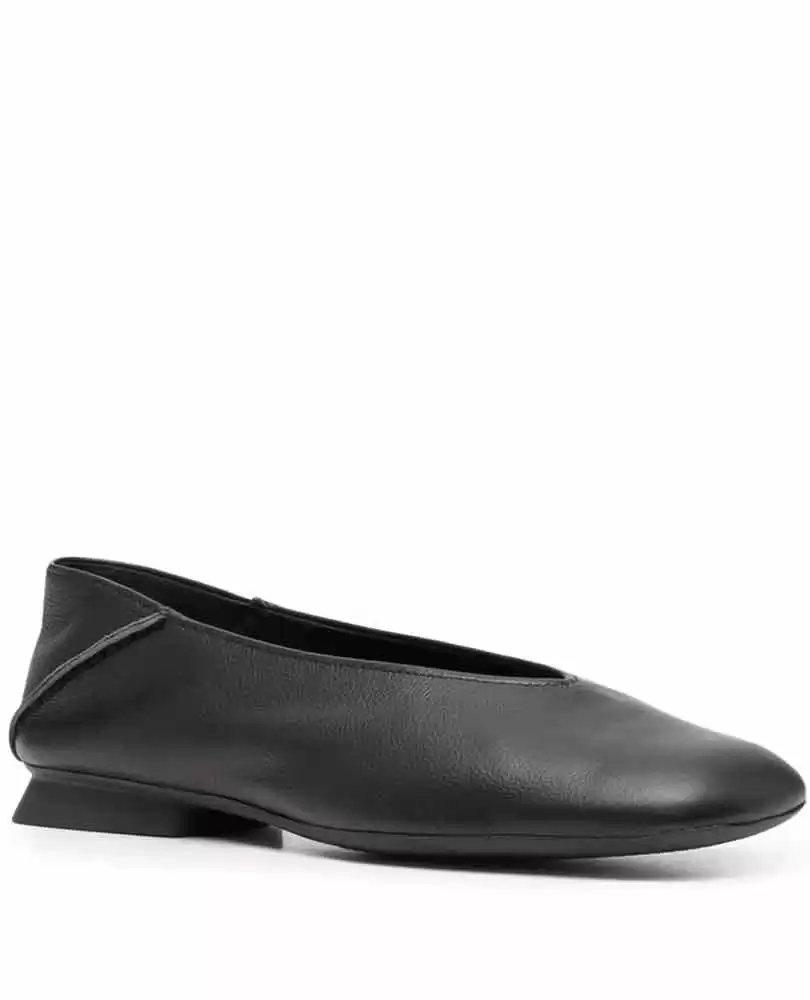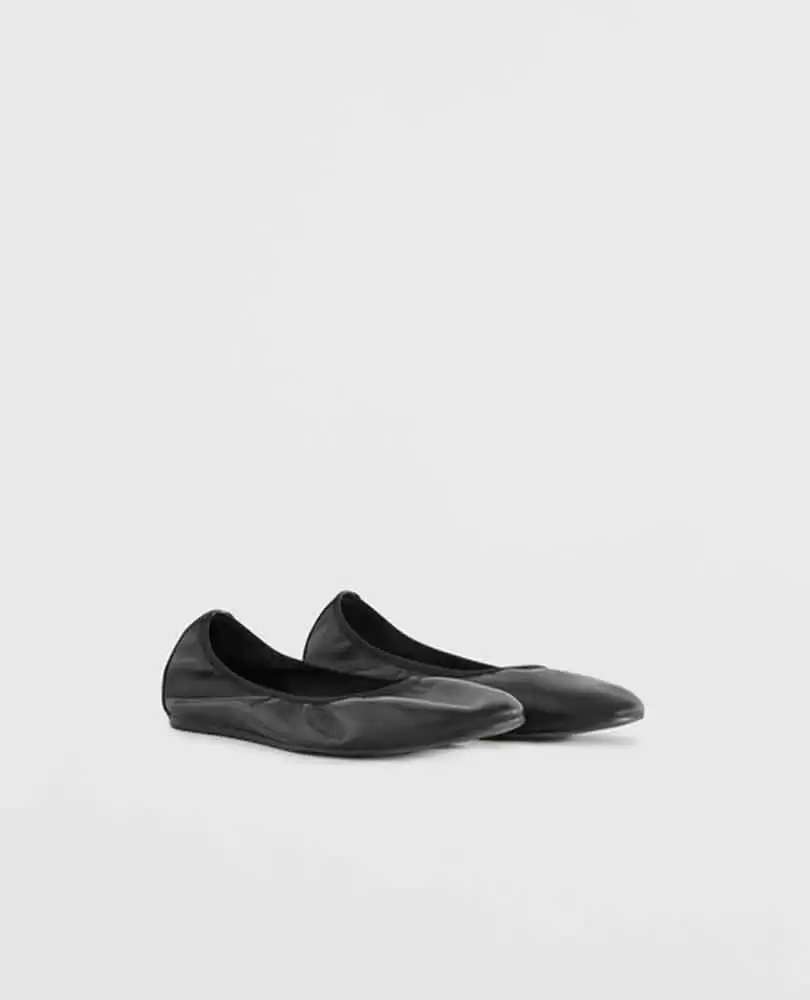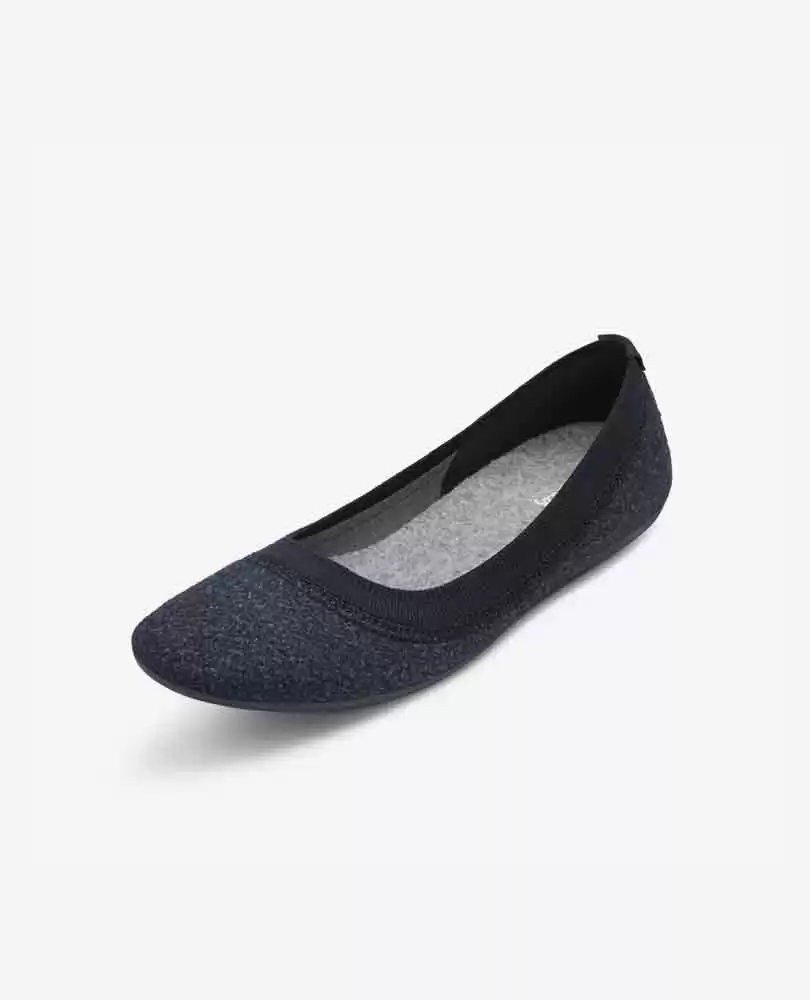03 Feb Top 10 amazing universal garments that fit all body shapes
Here at Sparkpick we think a lot about body shapes, because knowing your body shape helps avoid buying extra garments and help you look great. If you are not sure what body shape you are, here is a list of top 10 garments that fit all body shapes, along our curated list of sustainable clothing.
Disclaimer: Sparkpick has affiliate partnerships and may receive a share of the revenue from your purchase at no additional cost to you. Thank you for supporting our work and sustainable fashion.
1. Streamlined jacket or blazer
Streamlined jackets and blazers are must-haves in every wardrobe, not only because they fit all body shapes, but they can also mask less flattering aspects. They are very versatile, helping you create many looks across different styles with jeans, pants, dresses and skirts.
By the way, do you know the difference between a suit jacket and a blazer? Streamlined and more formal, a suit jacket is made from higher-quality fabrics and is always part of a matching set. It usually has solid colors and subtle print. Blazer is less formal and more versatile, and it is often made of lightweight cotton or wool.
2. Wrap dresses, wrap skirts, and wrap tops
Wrap dress continues to be a staple in women’s closets since the ‘70s, giving women with all body shapes and styles that look feminine, powerful, and comfortable at the same time. It visually hides wider hips, highlights chest and thin waist, and can be worn all year round with sandals, flats or your favorite ankle boots.
First wrap dress was designed by Elsa Schiaparelli in the `30s. It was later reinvented by Diana von Furstenberg in the `70s. She used colorful jersey fabric for her wrap dresses that retained their magic ever since.
3. Trench coat
Trench coat remains one of the most sophisticated garments of all clothing with military style heritage. It has been with us from the early 20th century, and it is one of the oldest military style pieces still commonly worn.
Here are some tips for choosing the right size and fit. If you have a Pear or Rectangle (Athletic) body shape, you can opt in for either double breasted or single breasted trench coat because they will create the illusion of curves at the top. If you have Apple, Hourglass or Strawberry body shape, you won’t need extra details at the top, so choose a single breasted trench.
Regardless of your body shape, choose a size that is spacious enough to be worn over a thick jumper or a blazer. You can stay true to your usual size or choose one size up. A medium length trench coat is the safest option for all, and a fashion staple option for petite frames. It will also beautifully complement all your outfits, from pants to mini skirts.
4. Midi skirt
Midi skirts with the length that ends between the knee and the ankle will fit women with all body shapes and height. Midi skirt highlights the thinnest part of the leg making its owner visually taller and slimmer. It is appropriate for a wide range of occasions, from a formal meeting to an outing with your besties.
5. Straight jeans and pants
Since they were invented in the mid-1800s, jeans have been going through many stylistic transformations. In the late 1970s, they started to become more slim-fitting, with straighter shapes rather than flares.
Today straight jeans and pants are must-haves for women with all body shapes and style preferences. When picking straight jeans, go for thick denim because it models the silhouette with a high quality look, and will faithfully serve you for many years to come.
6. Vests
A vest is not only a versatile garment that is likely to fit all shapes and occasions, but it also has been in trend for the last couple years. You can wear a vest by itself instead of a tee or a top. A vest can go on top of your favorite sweater or a top. A leather vest will help you spice your Classic style up with rock-n-roll vibes.
A vest was born in the 1660s- 1670s, and originally it was a knee-length coat with elbow sleeves worn under a tunic. This vest and tunic combo was the forerunner of the British style with its main highlight – a three-piece man’s suit. Vests became popular with women a couple centuries later and for a long time they were essentially variations of the French long corset.
7. Sneakers
A pair of sneakers has been a fashion staple not only for those who appreciate Sport casual style but for all of us, women of different body shapes and style preferences. They have successfully moved from the niche to become coveted as fashionable objects. The earliest sports shoes were created in the 1830s by The Liverpool Rubber Company founded by John Boyd Dunlop. Dunlop was a restless innovator who came up with a way to bond canvas uppers to rubber soles. These shoes became known as sandshoes and were first worn for beach tours, until they were further reinvented by Adidas and Nike in the 1950s -1970s – this time as a fashion staple rather than a sport item.
8. Knee high boots with heels
Knee high boots with heels are universal because they visually elongate our legs and make them appear slimmer. If you have shorter legs, it’s best to avoid boots with any horizontal details like straps and buckles. Another styling tip: to elongate legs even more, match your bottoms (jeans, pants, skirts) to the boot color.
9. Stiletto shoes with pointed heel
A stiletto heel, or simply stiletto, is a shoe with a long, thin, and high heel. Stiletto shoes can be worn across different styles and looks, from your favorite jeans and a blouse to a tailored classic suit in the British style. Stilettos with a built-in platform, pointy toes, and in beige color will further elongate the leg.
10. Ballet flats
Ballet flats are undoubtedly one of the most comfortable alternatives to high heels that fit all silhouettes and garments, from jeans, shorts, skirts, dresses to leggings. They are largely inspired by ballet shoes that have existed since the 16th century, when men wore a similar shoe known as pompes. They briefly disappeared in the 17th and 18th centuries when the high-heeled shoe came into fashion thanks to Catherine de’ Medici, who asked her cobbler to add 2 inches to her wedding shoes.
Ballet shoes as we know them were reimagined by Rose Repetto in 1956 for Brigitte Bardot who asked for a pair of shoes that would be as lightweight and flexible as a pair of true ballet slippers. Since then ballet shoes have been delighting us with their comfort and romantic vibe helping create the famous laid-back “French-girl style”.

